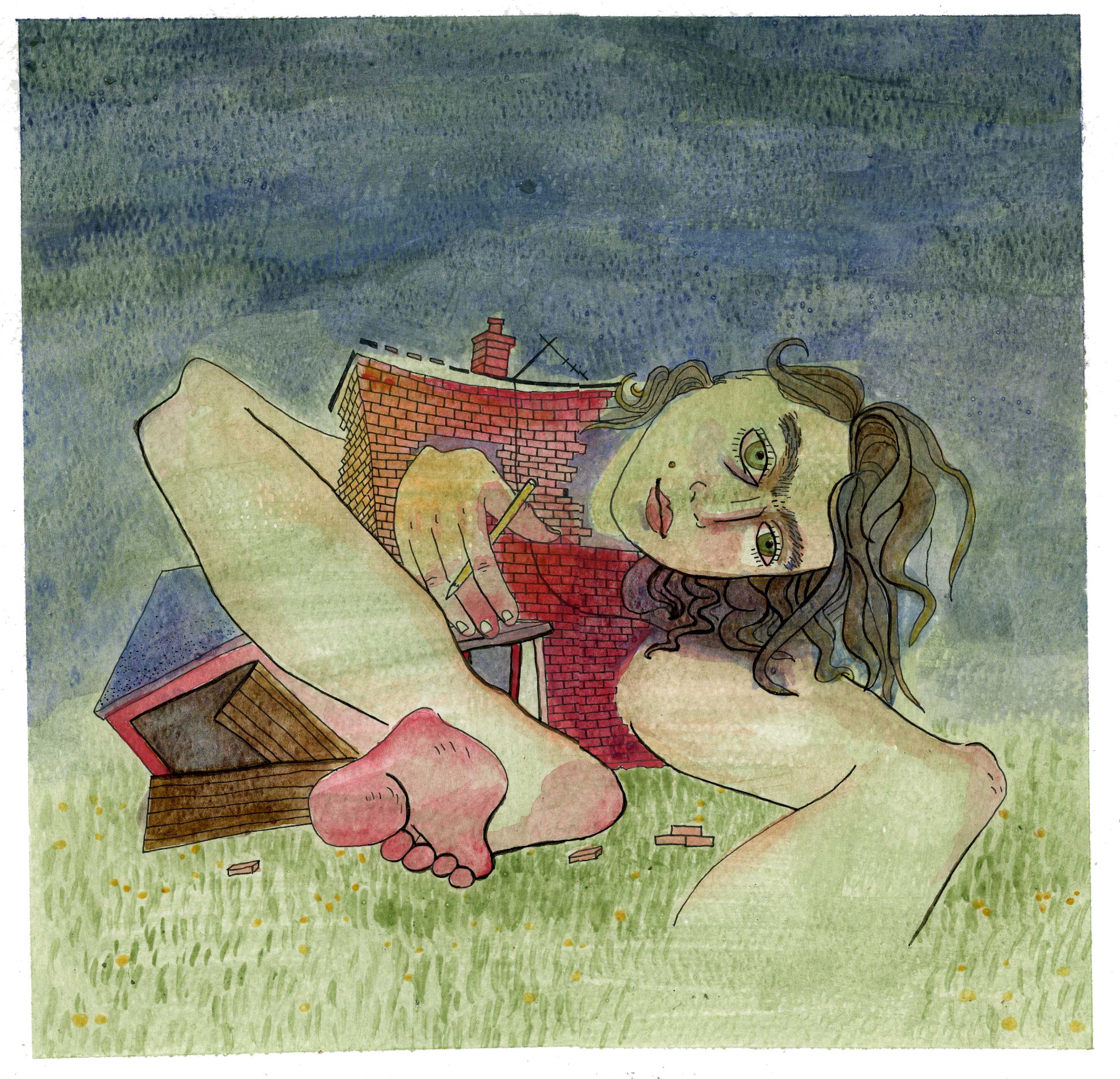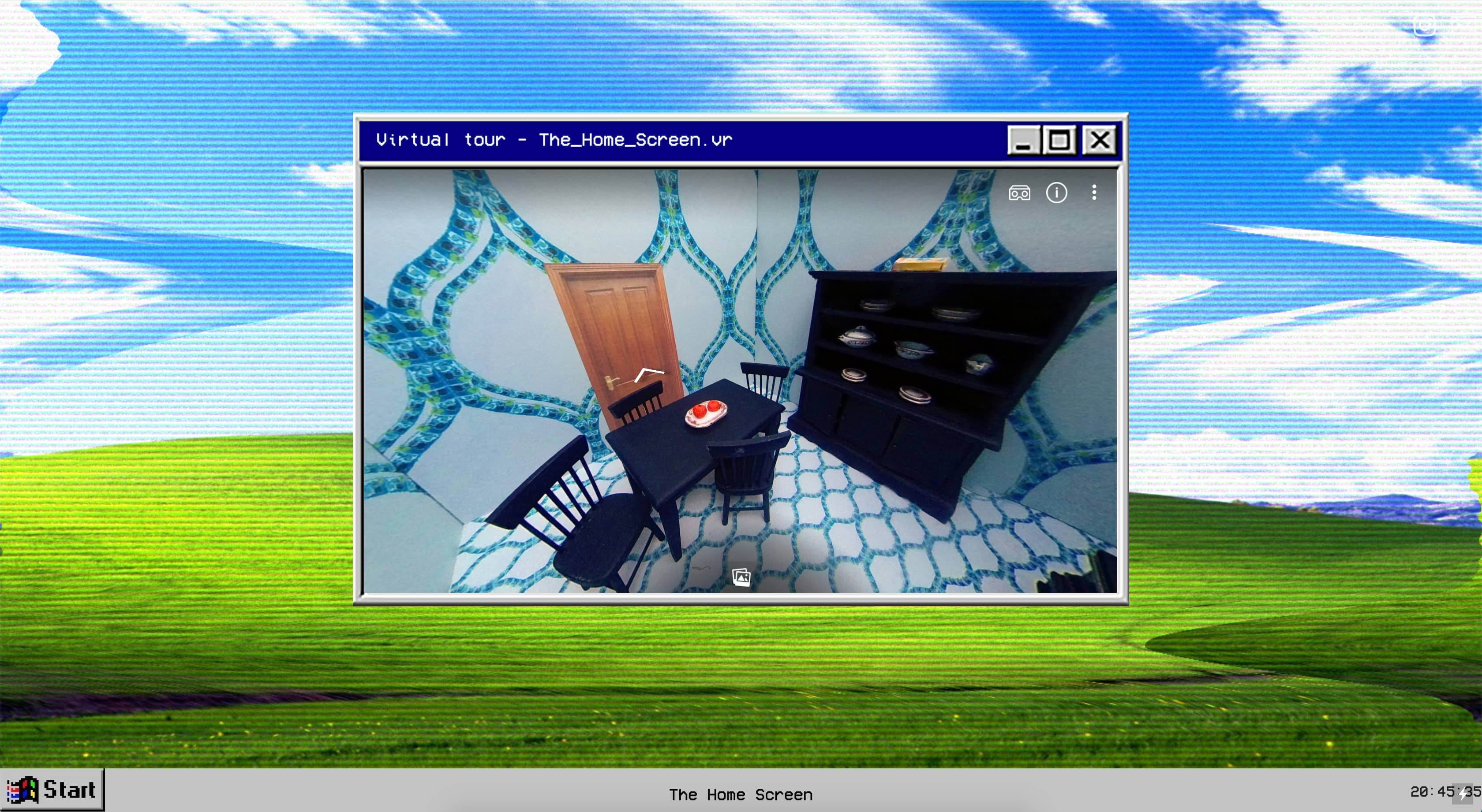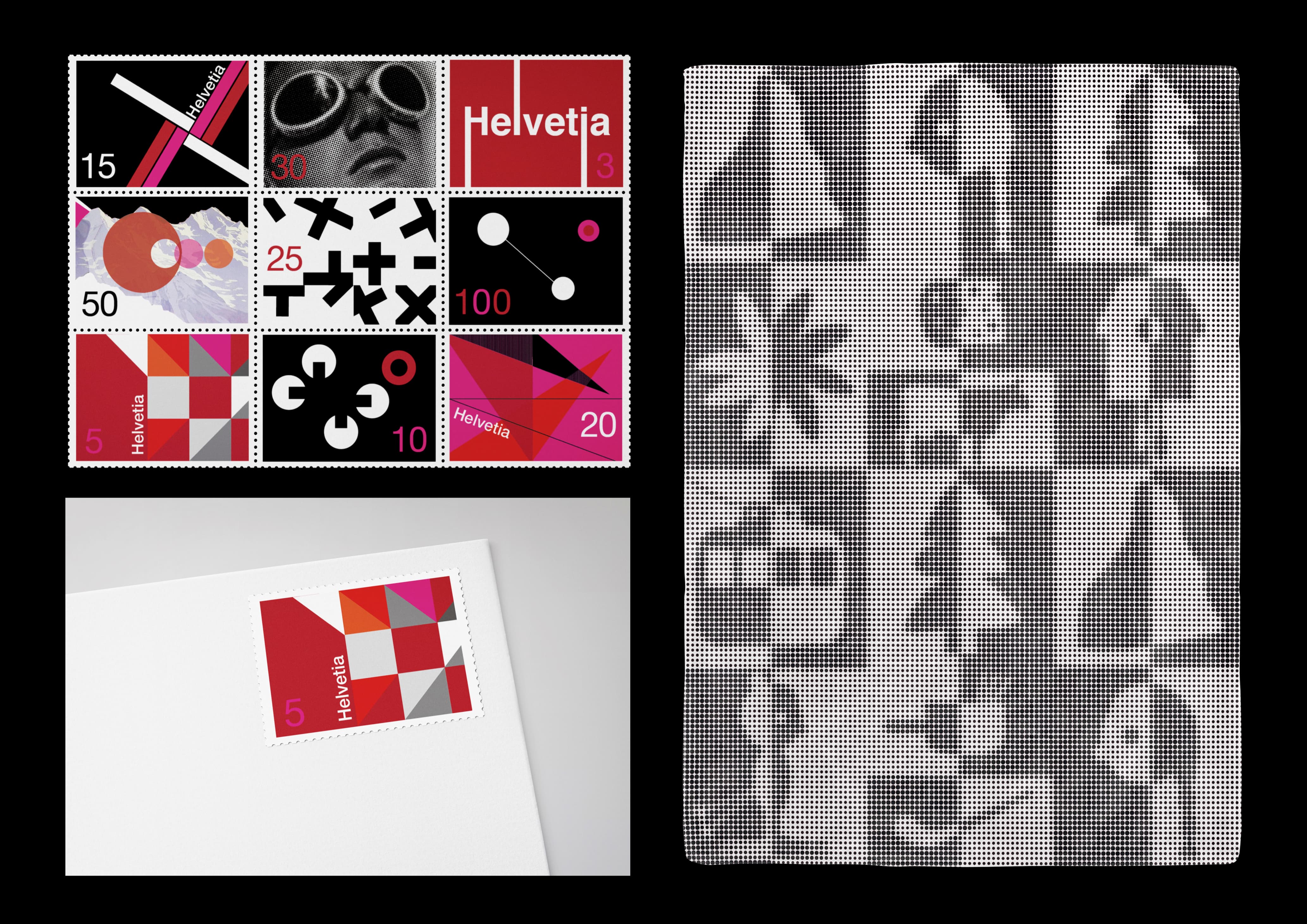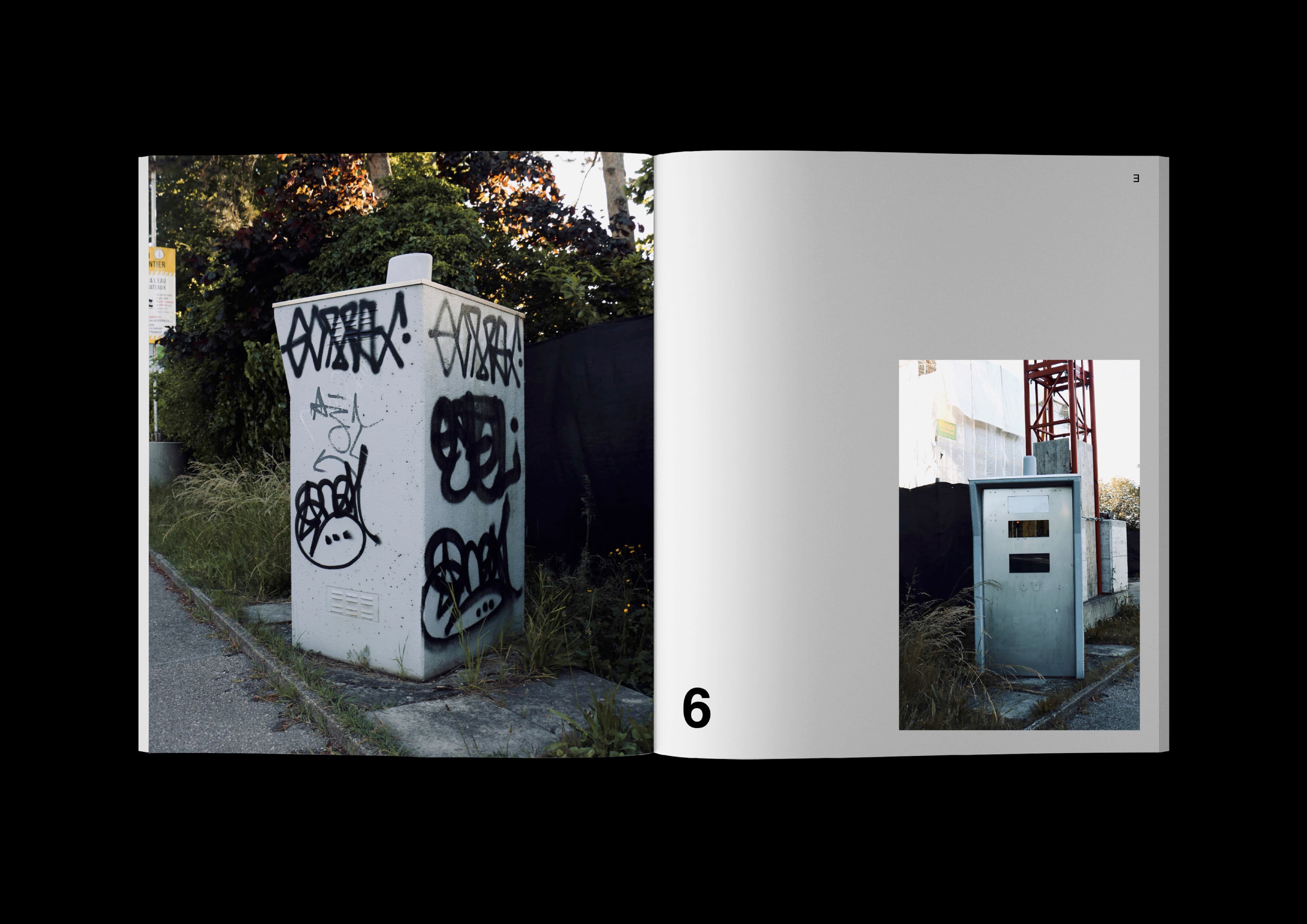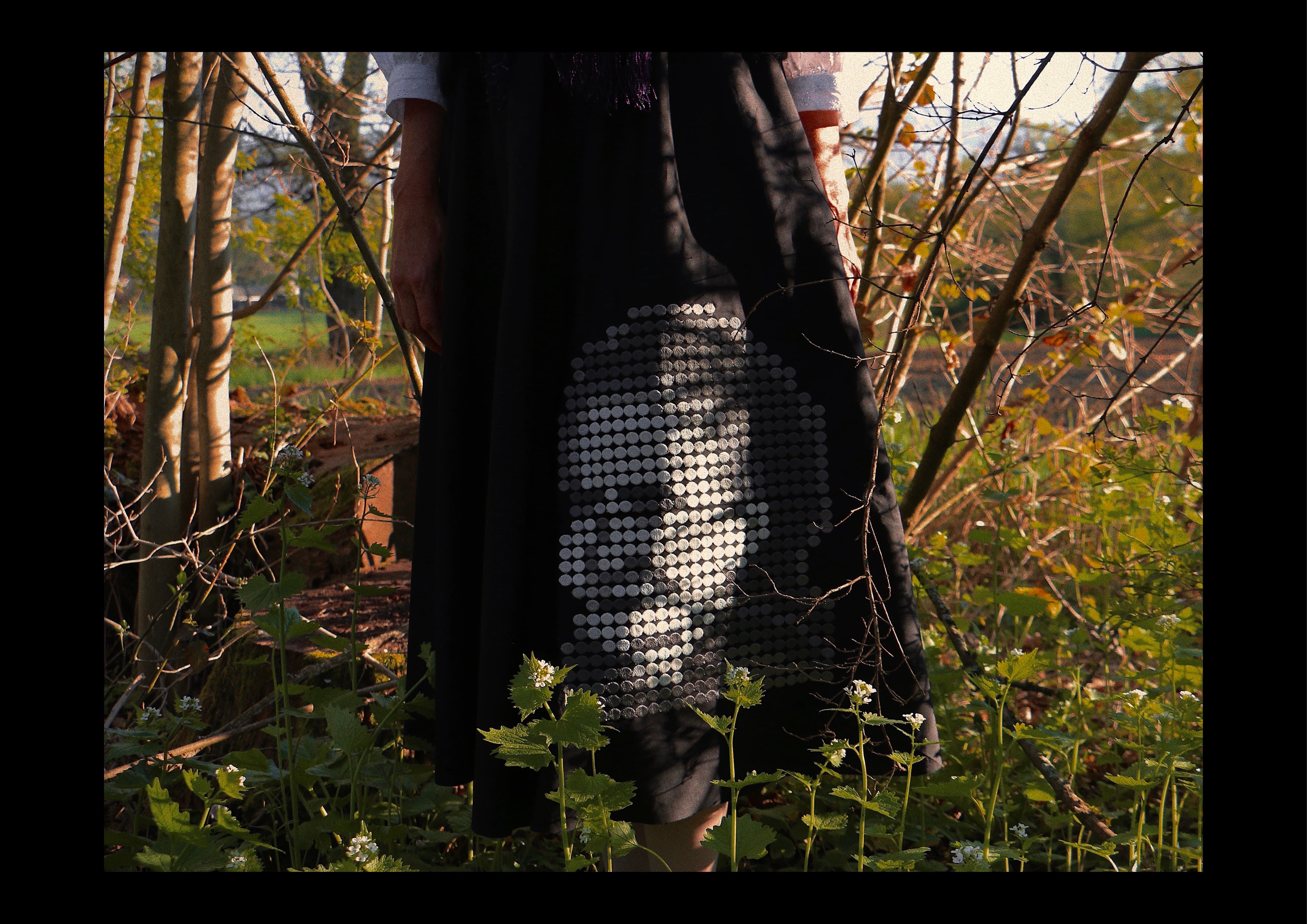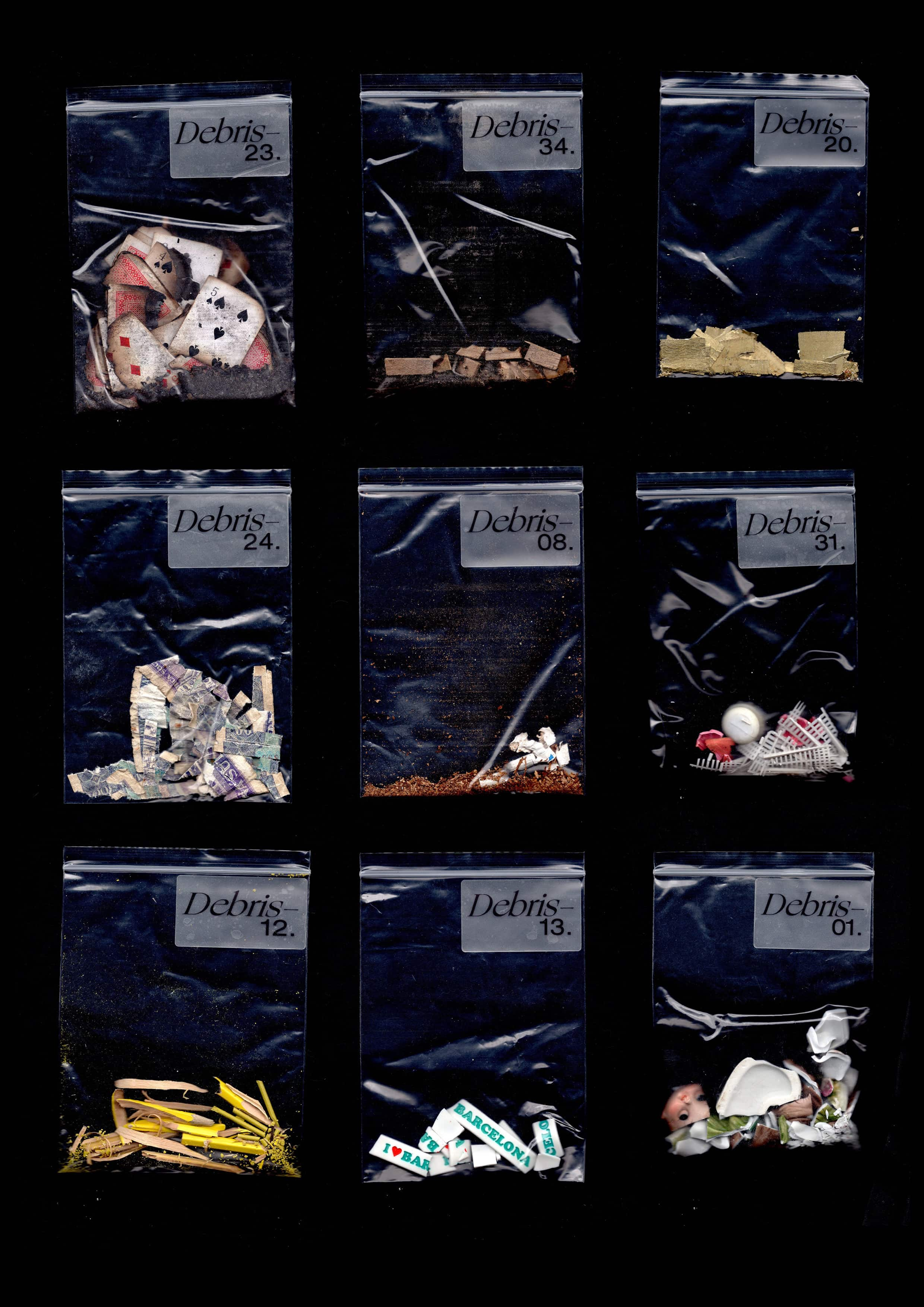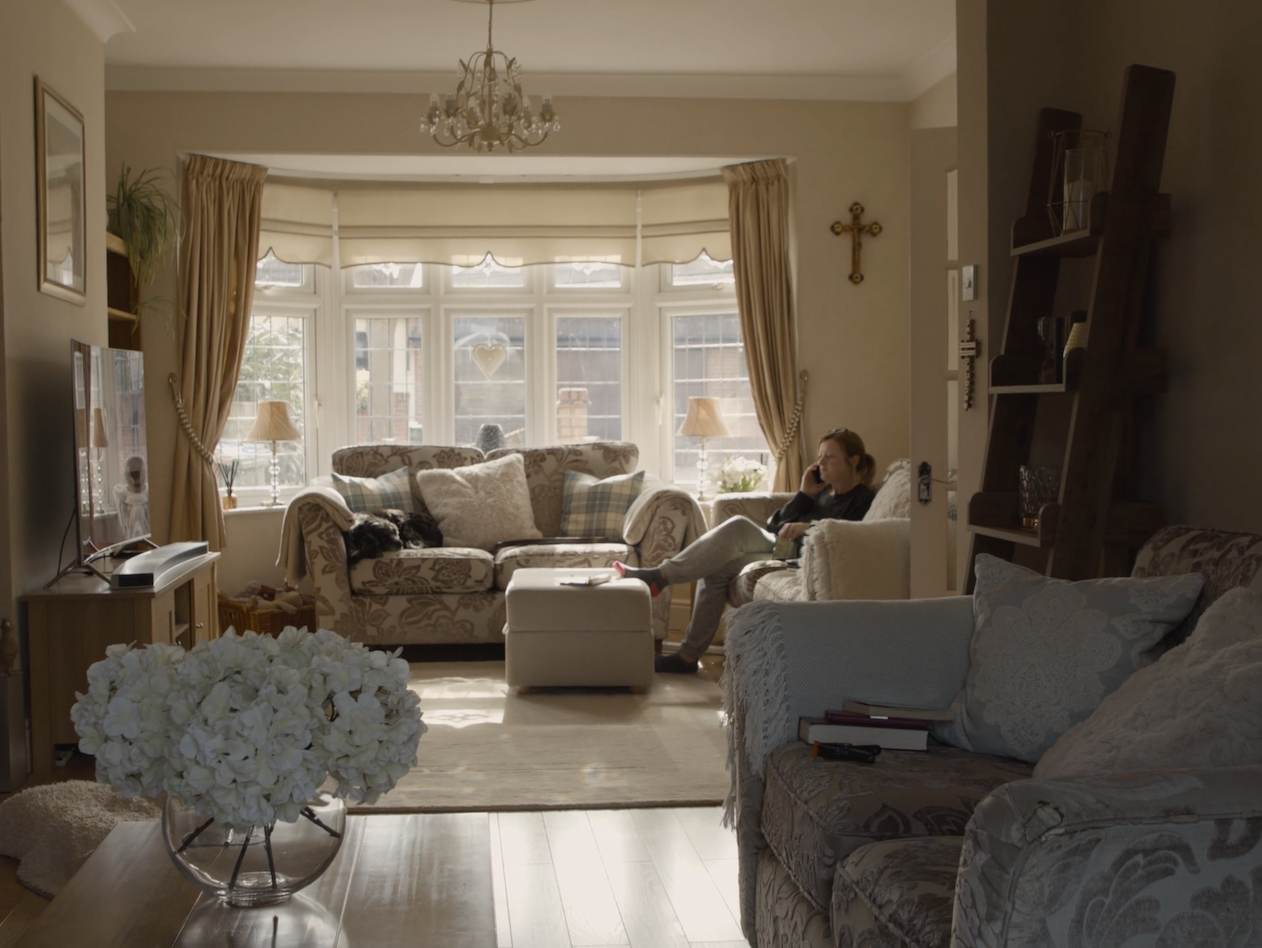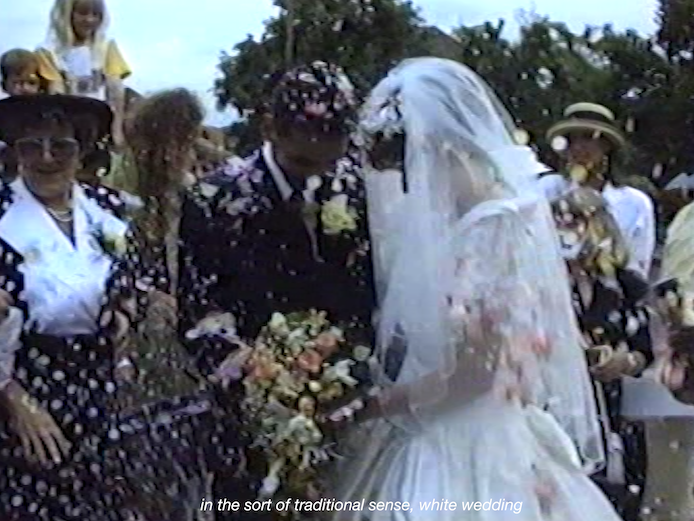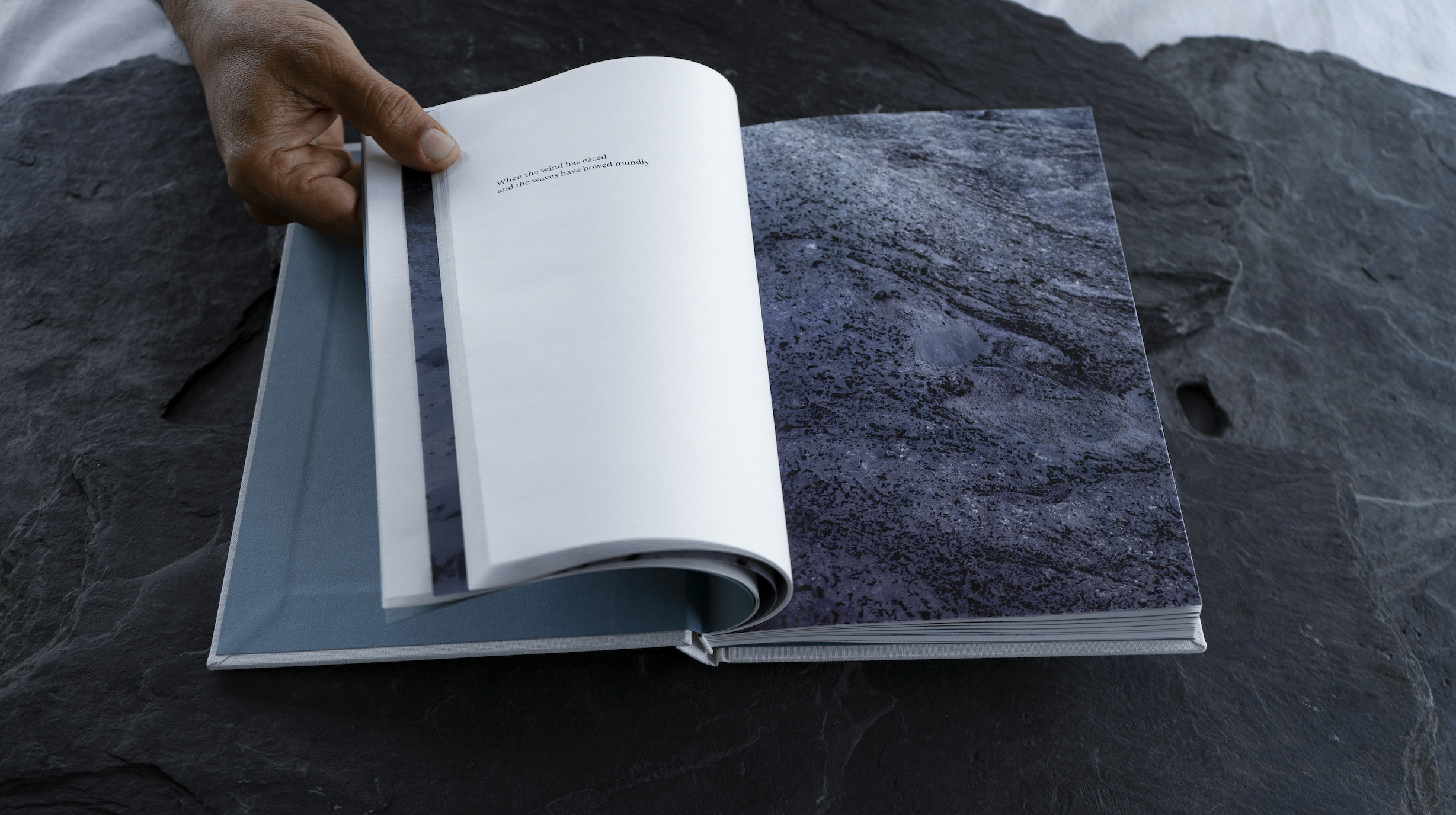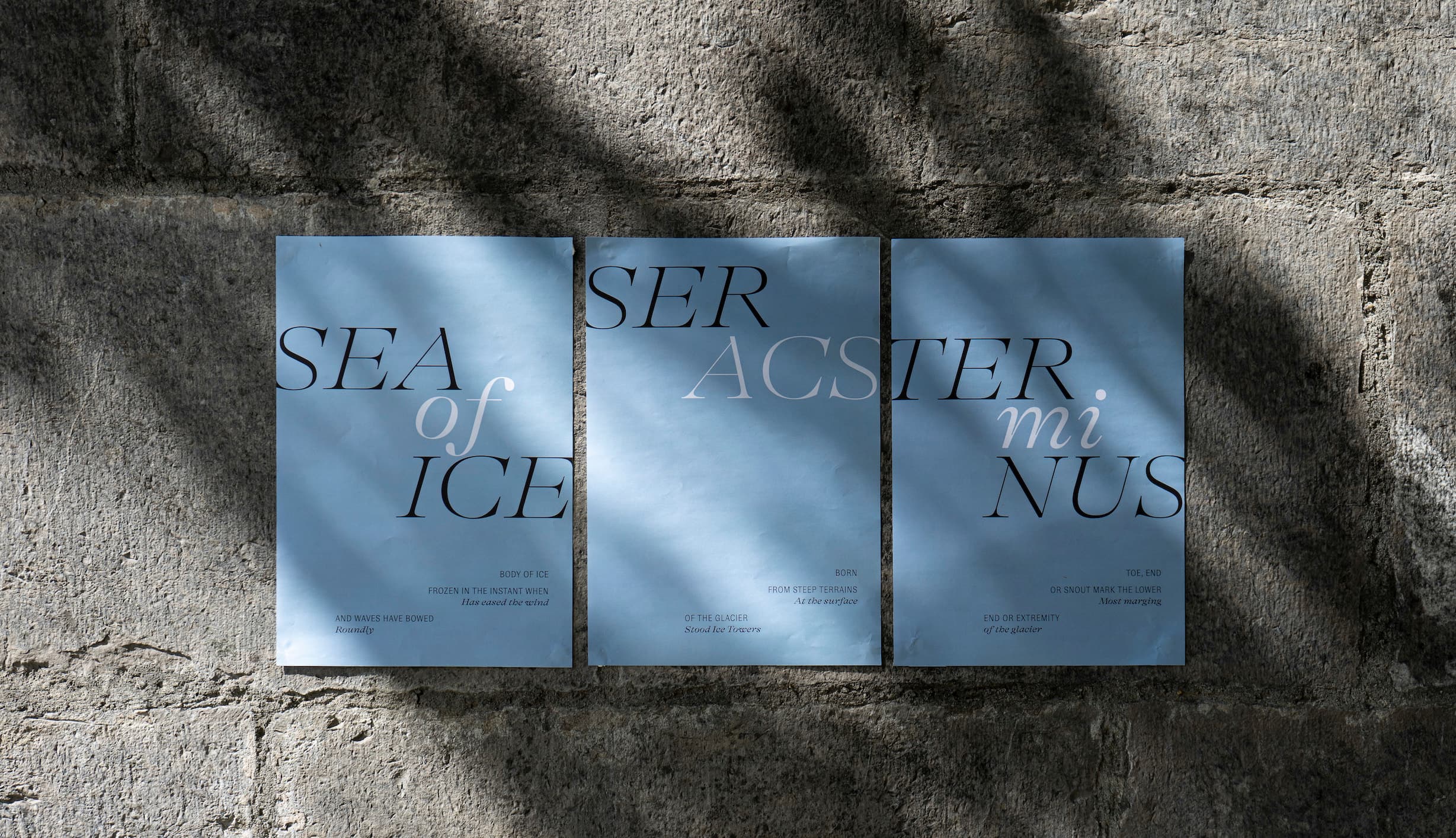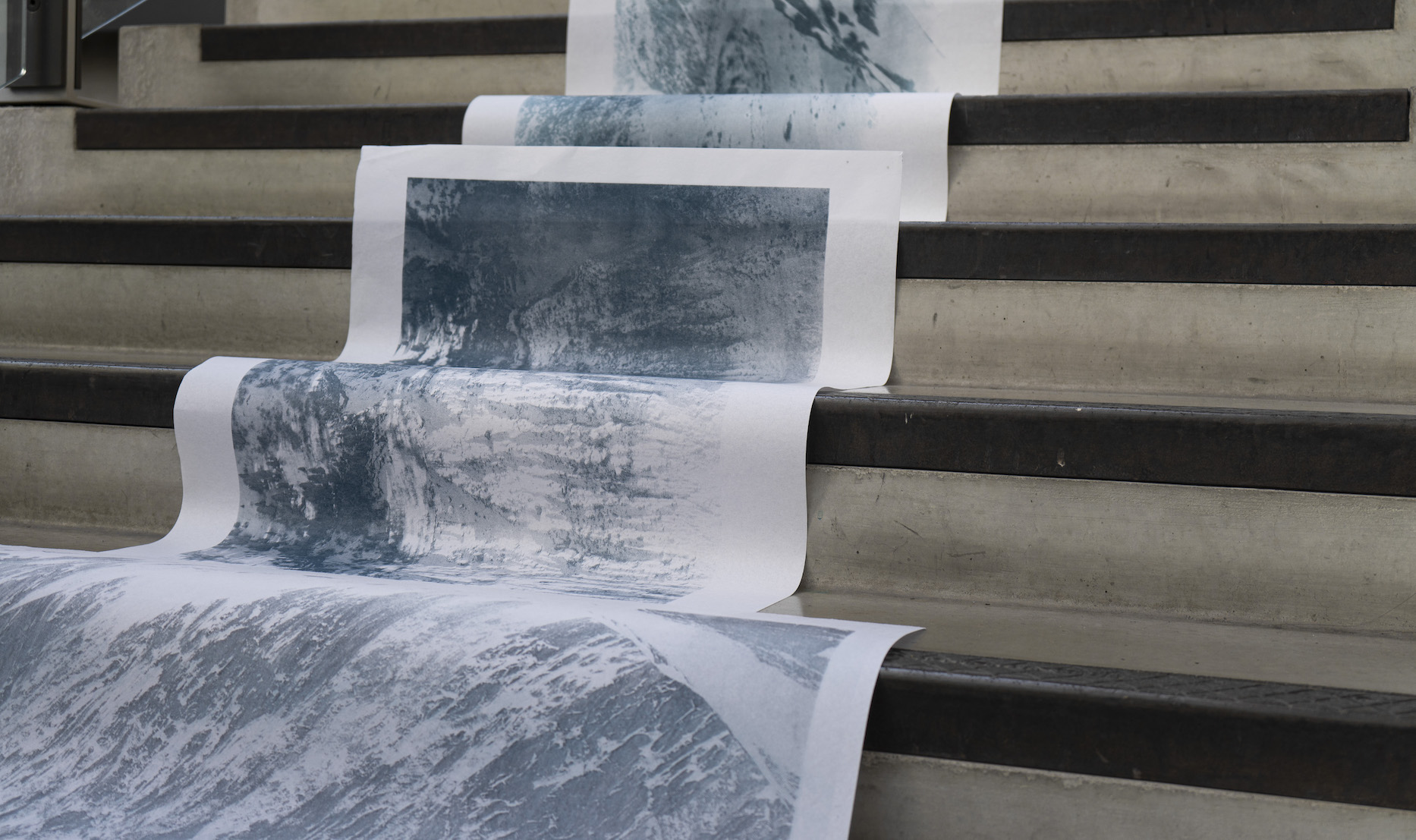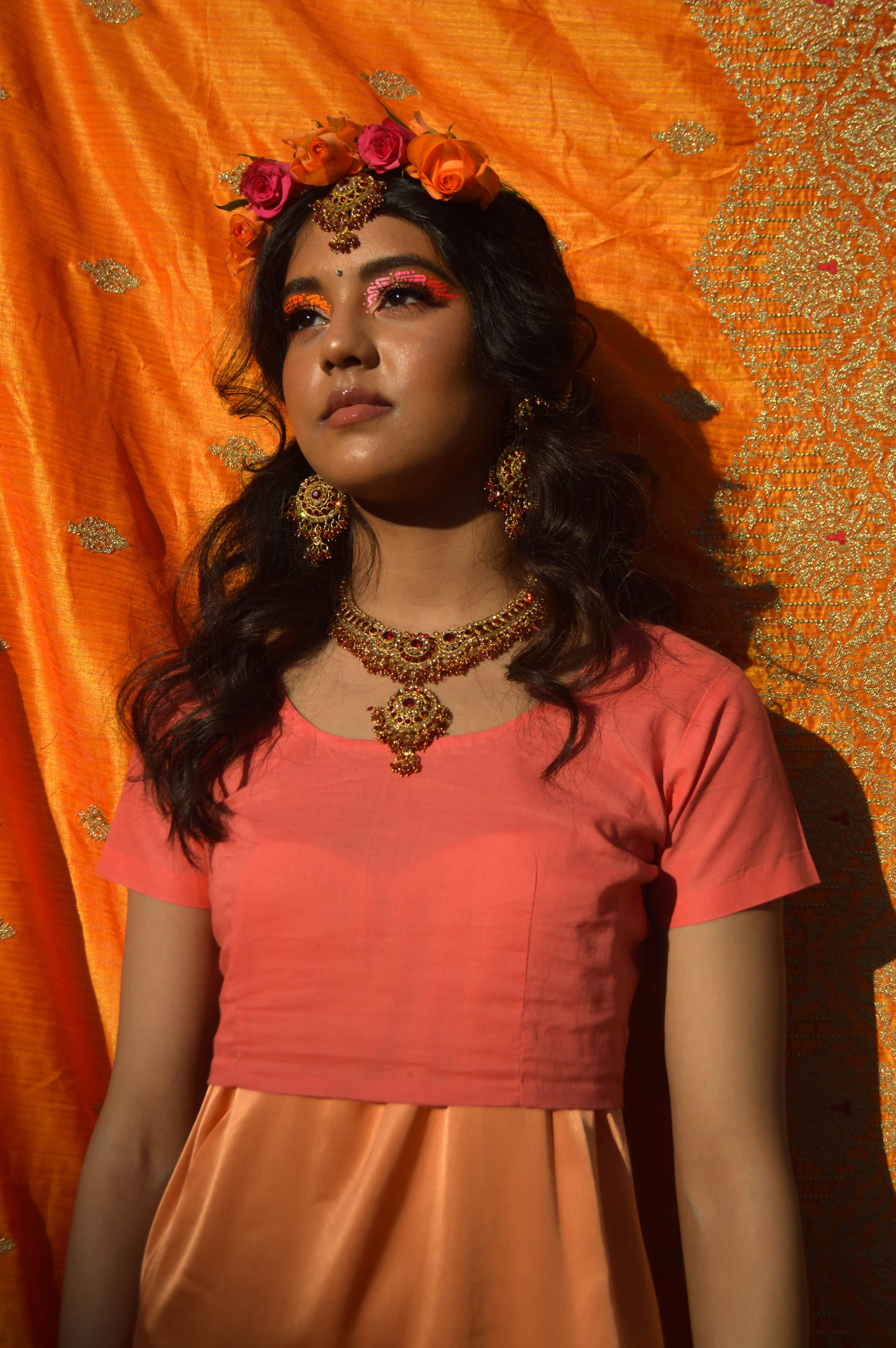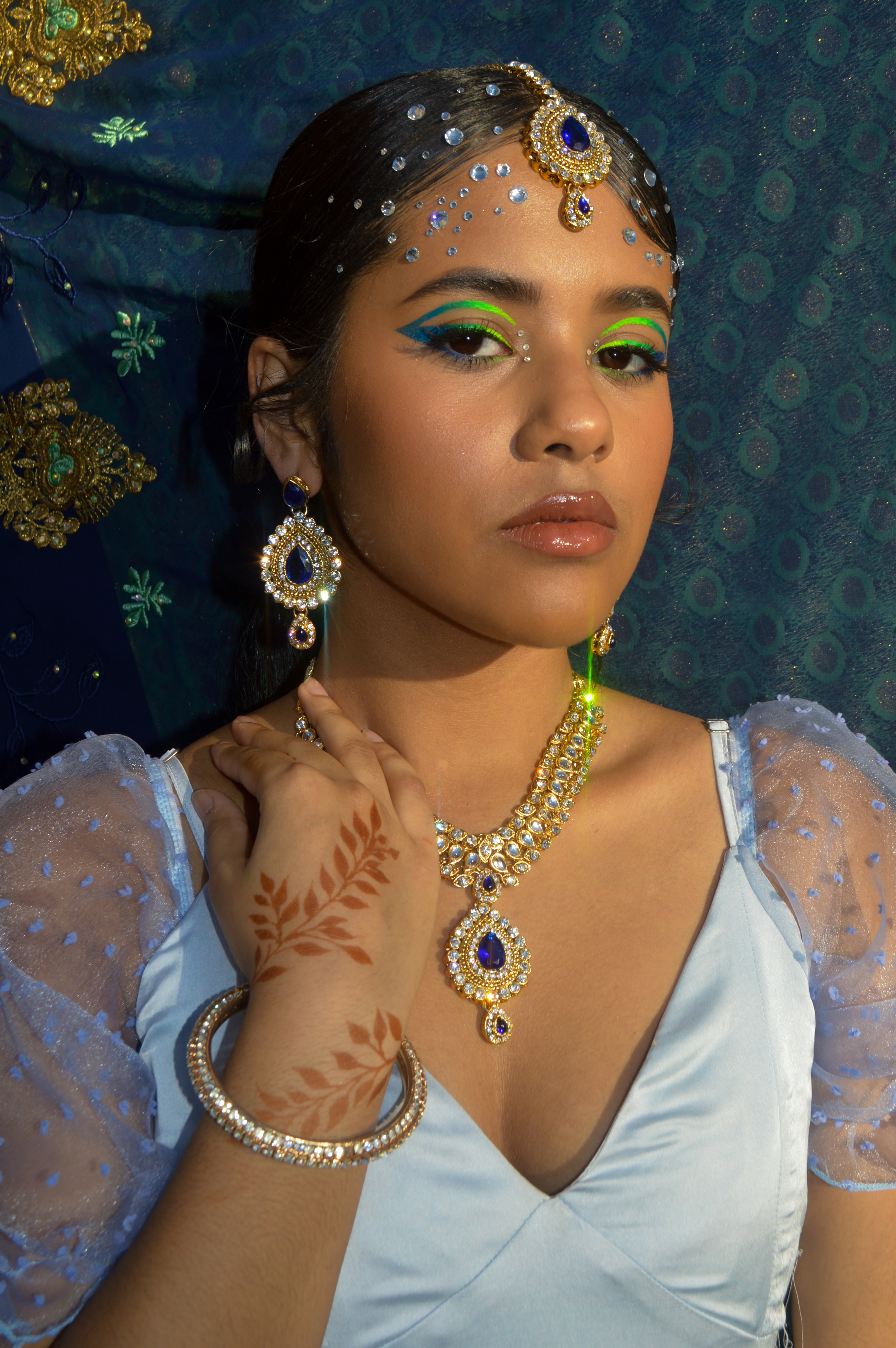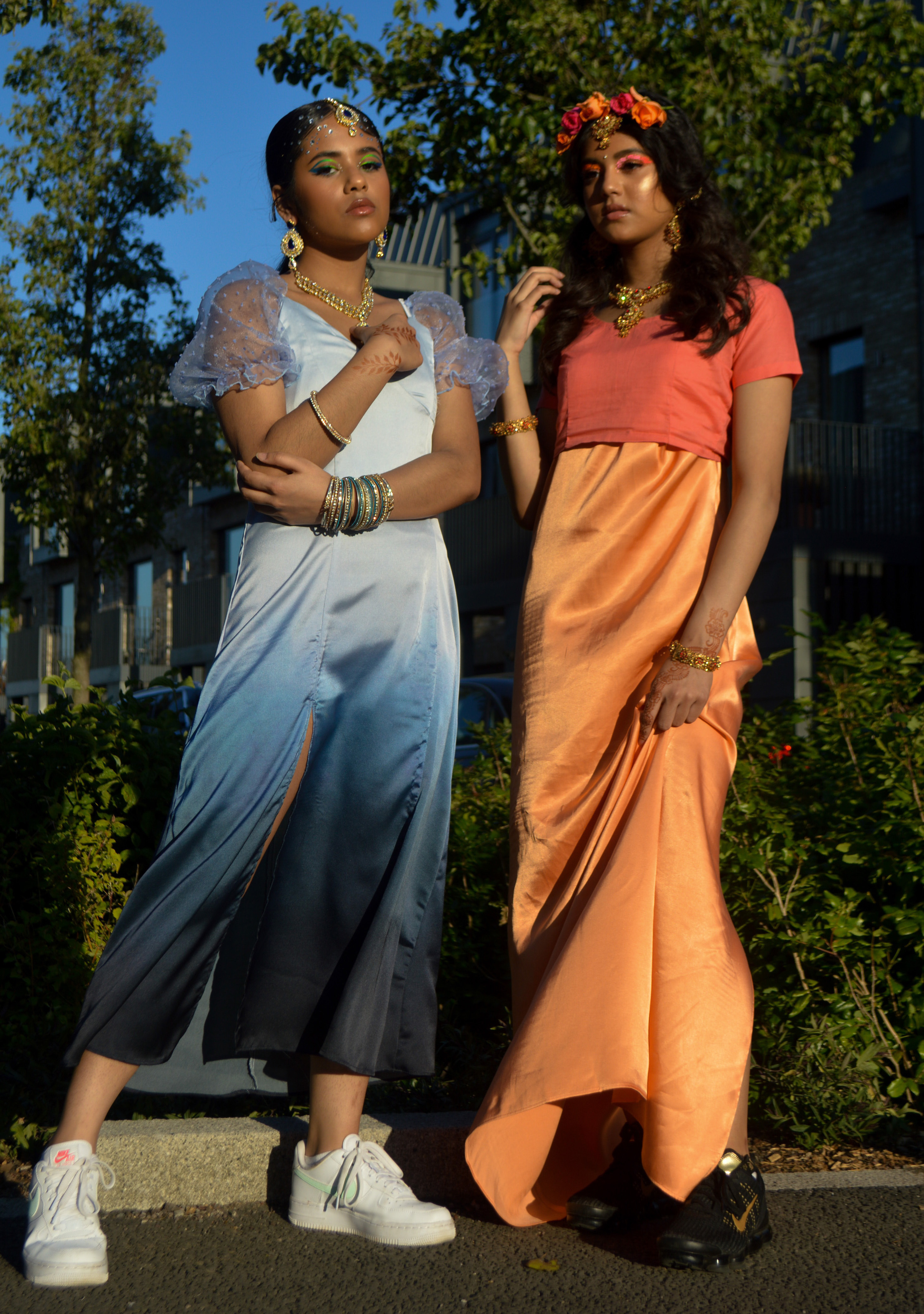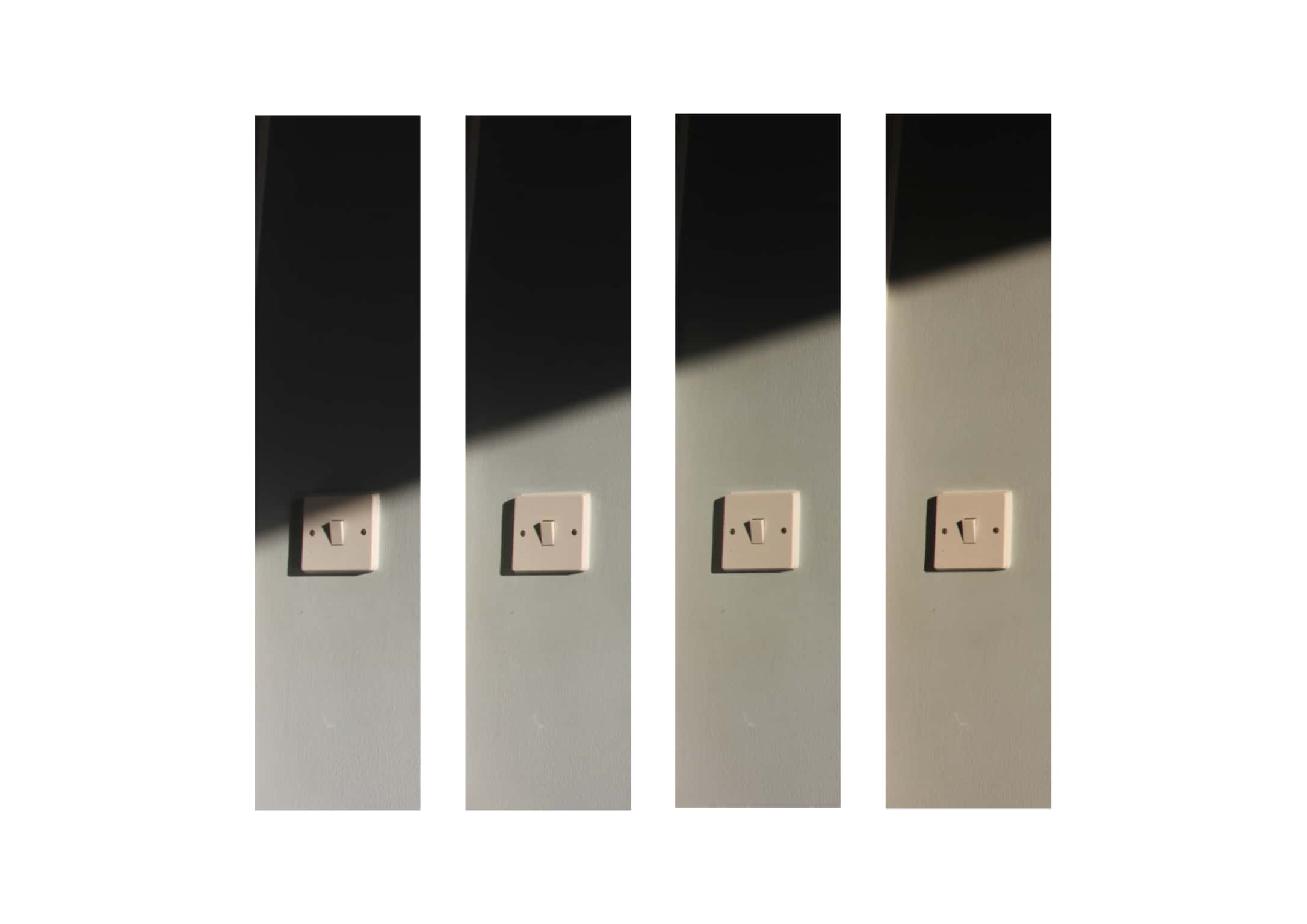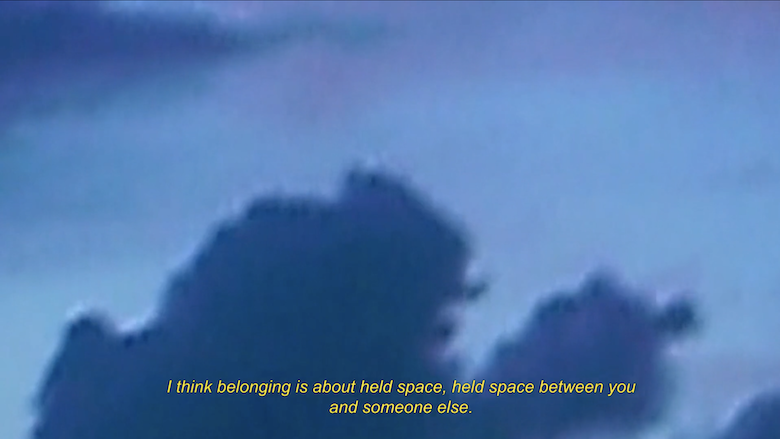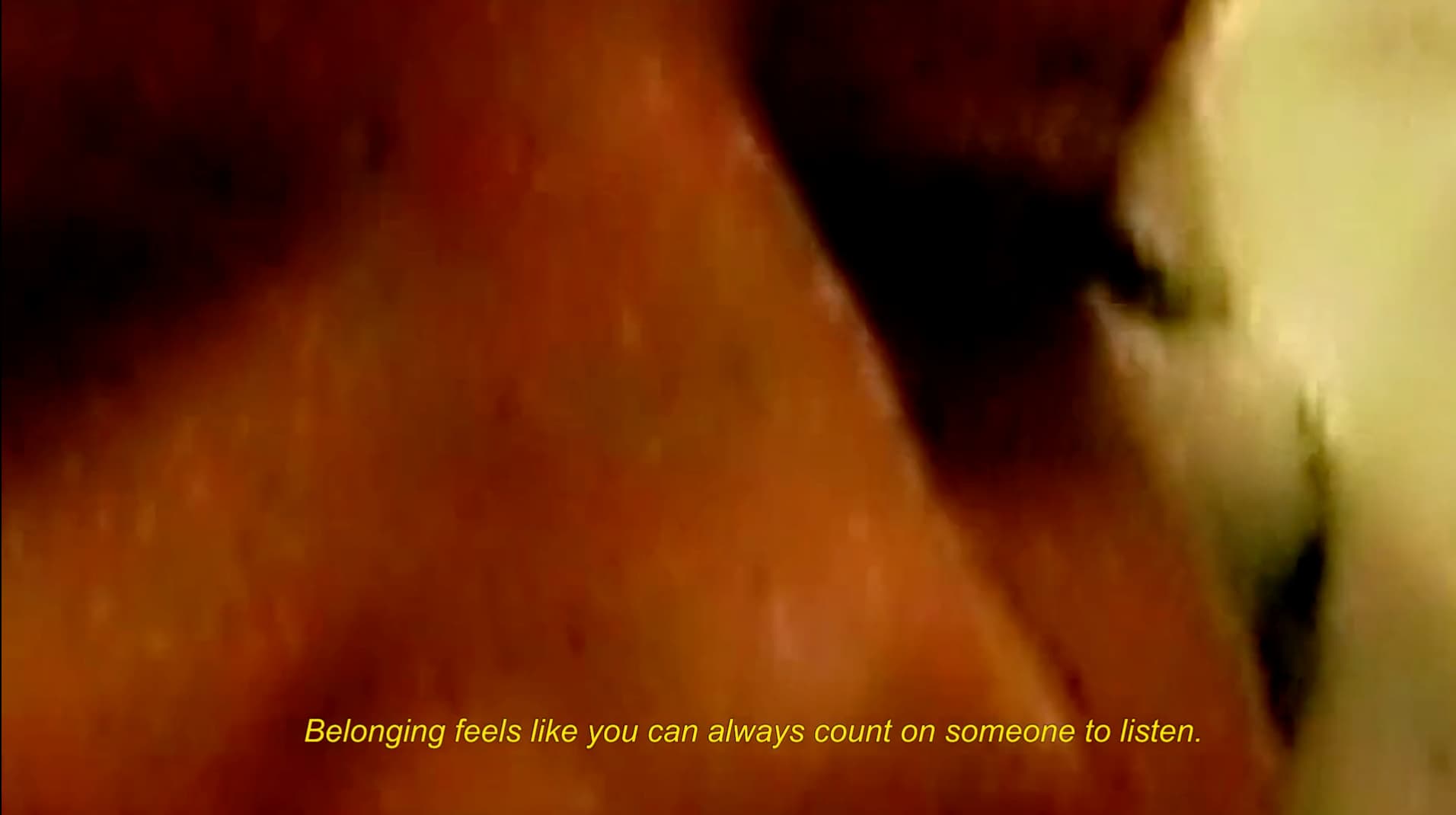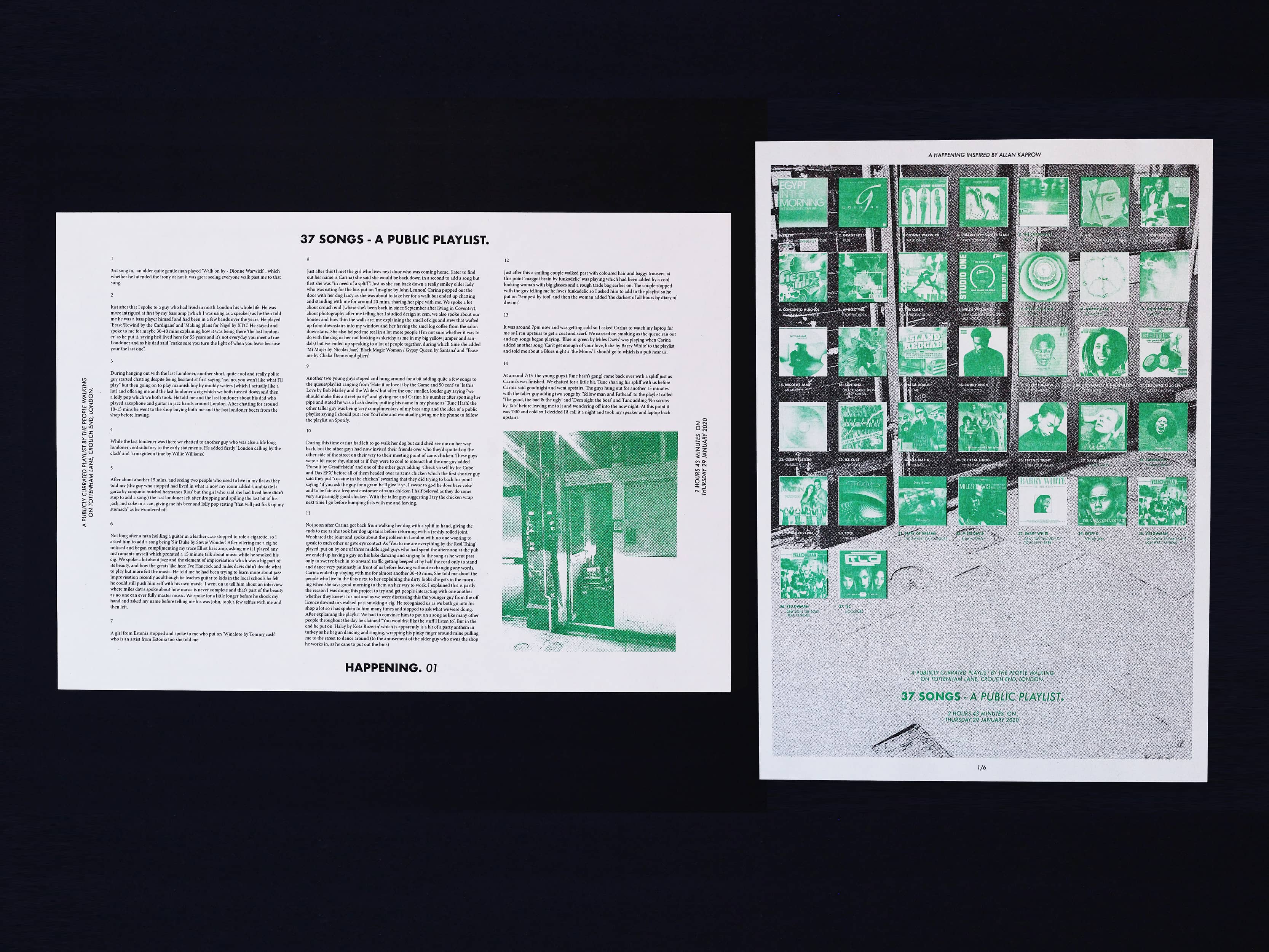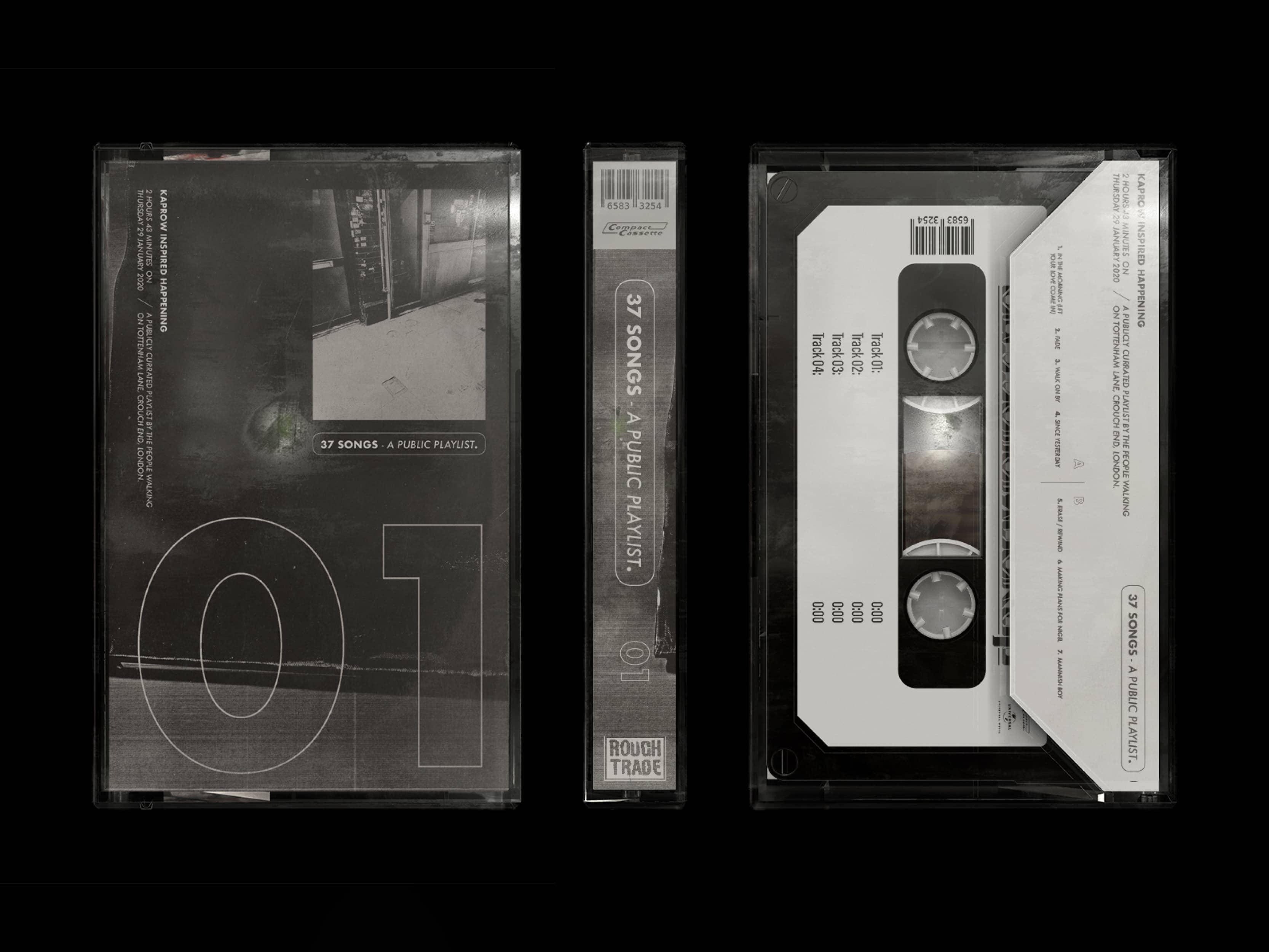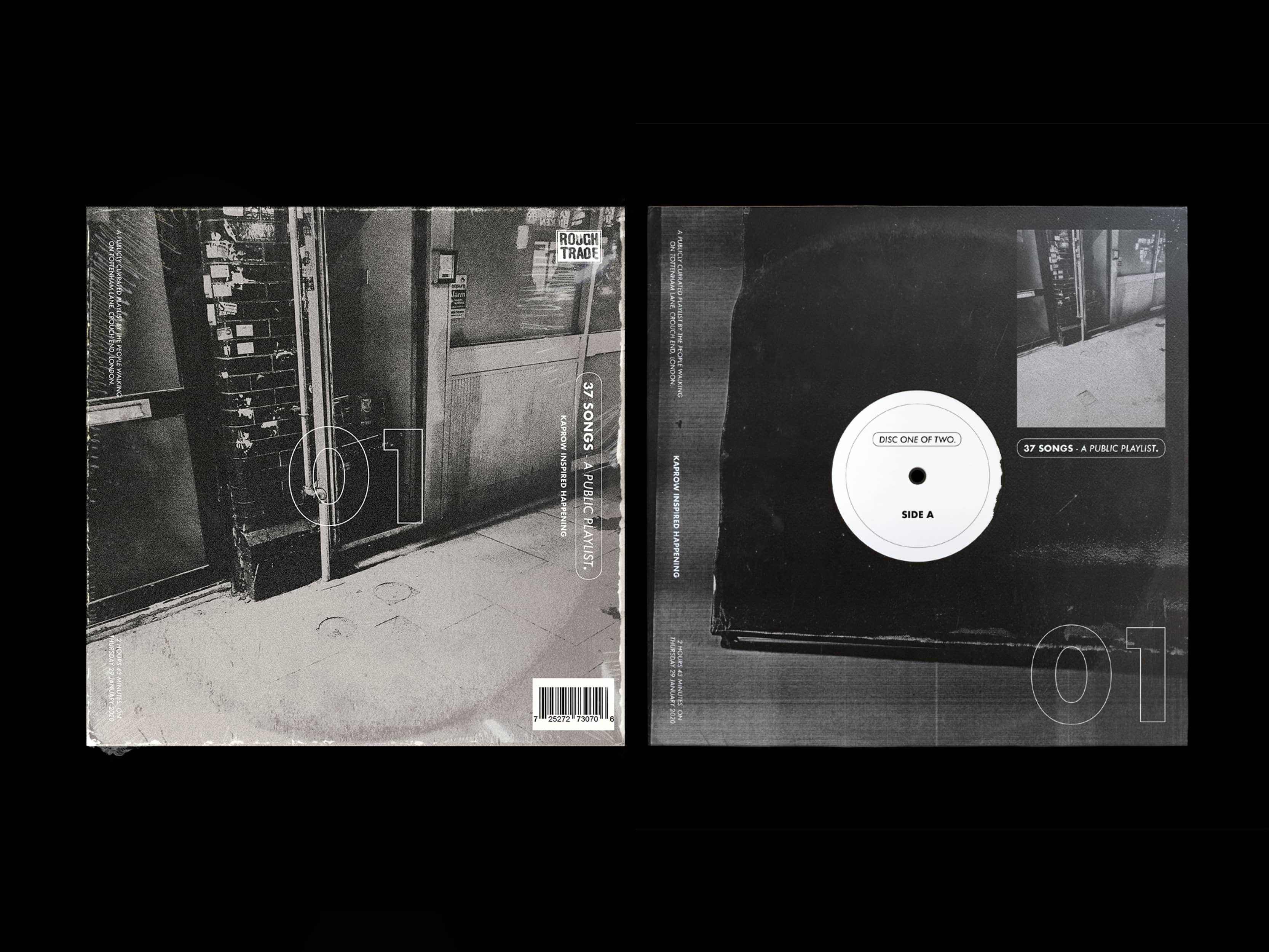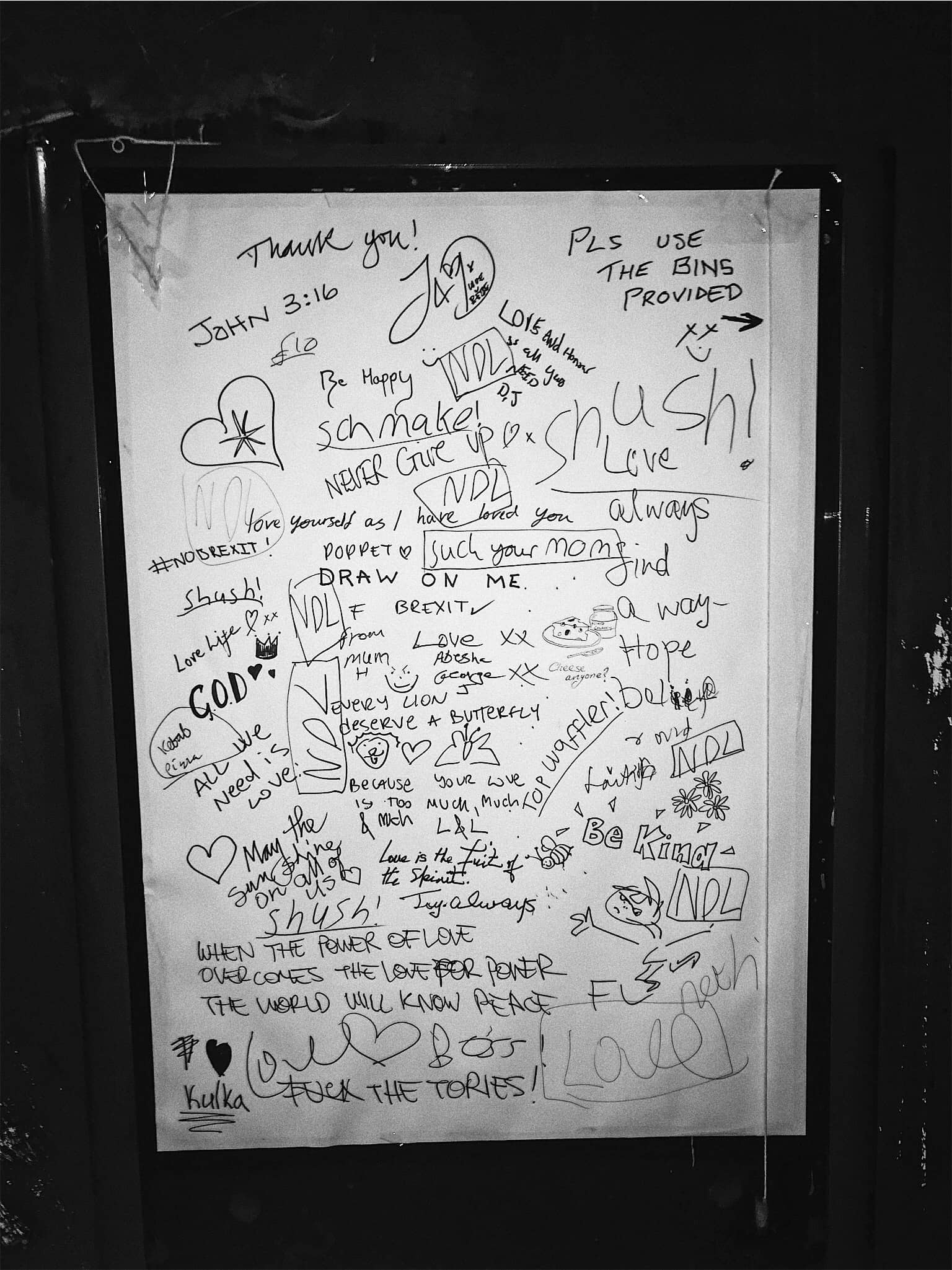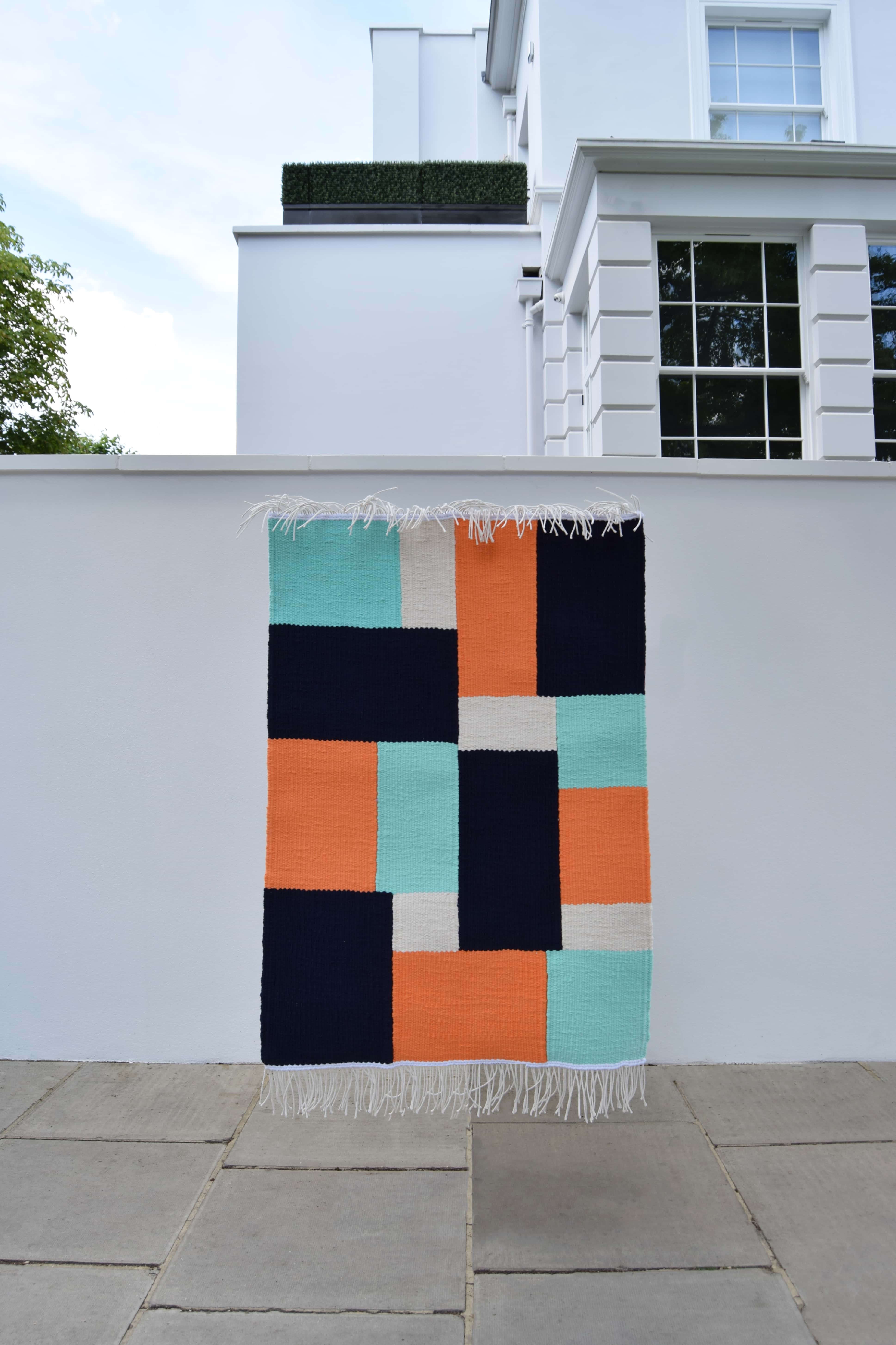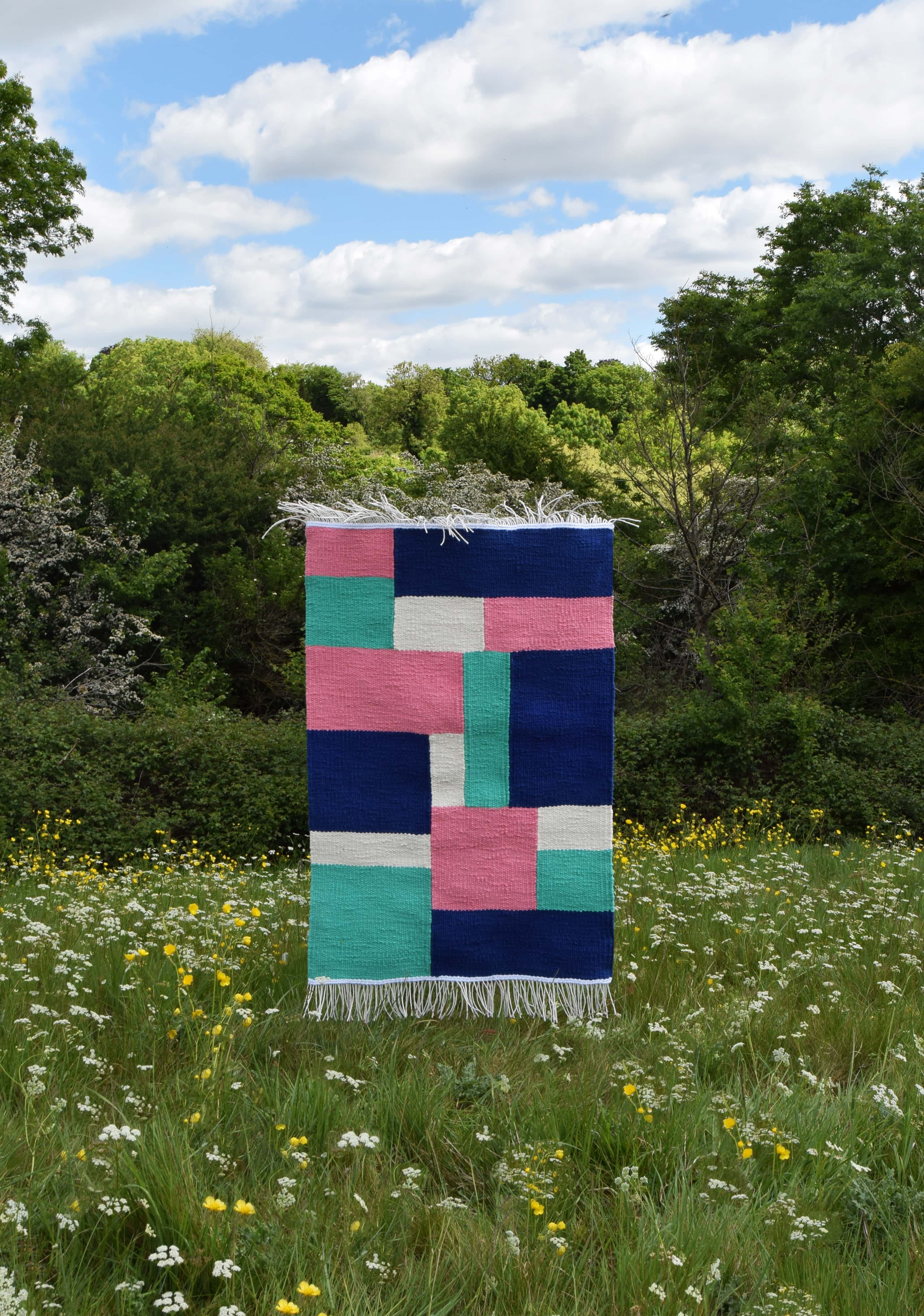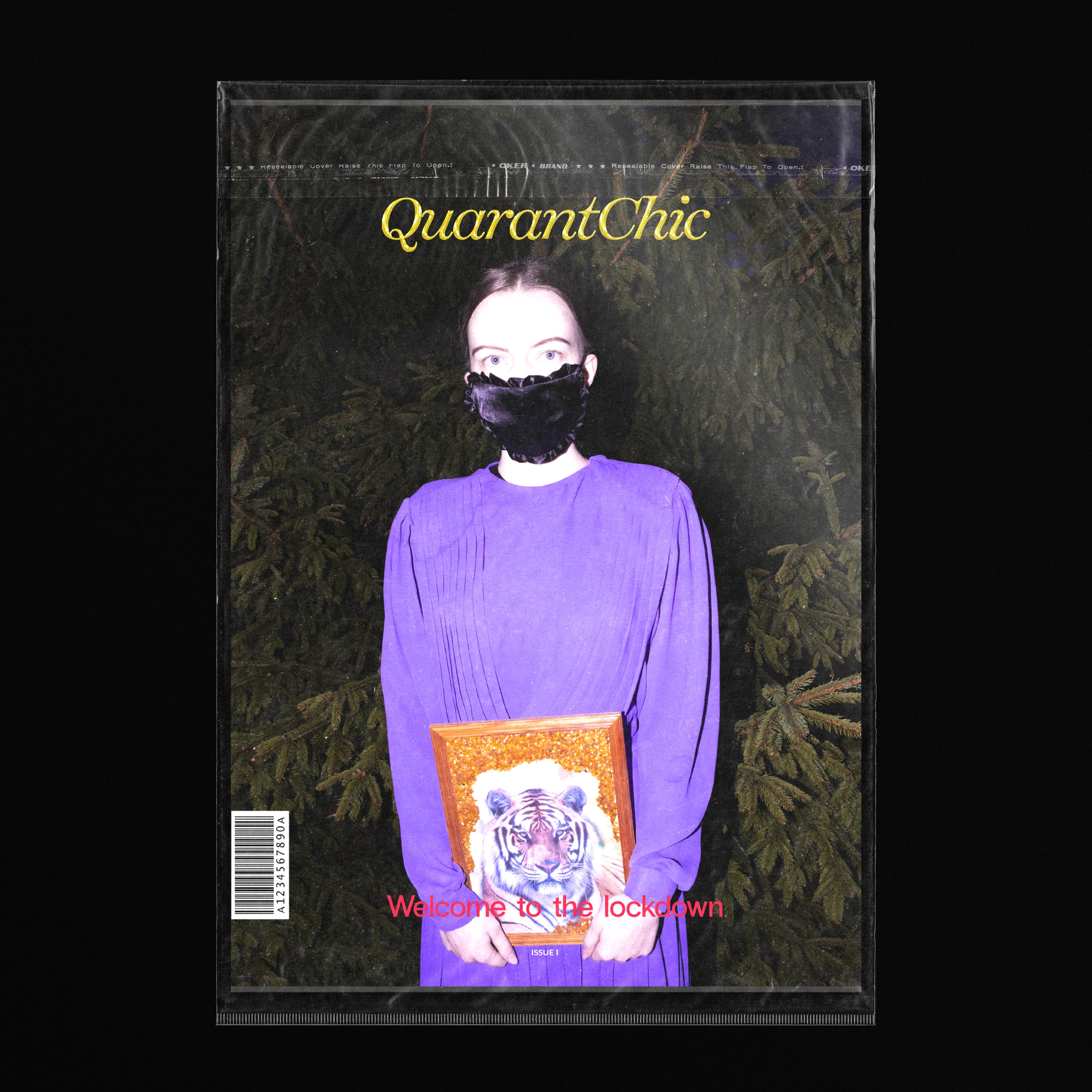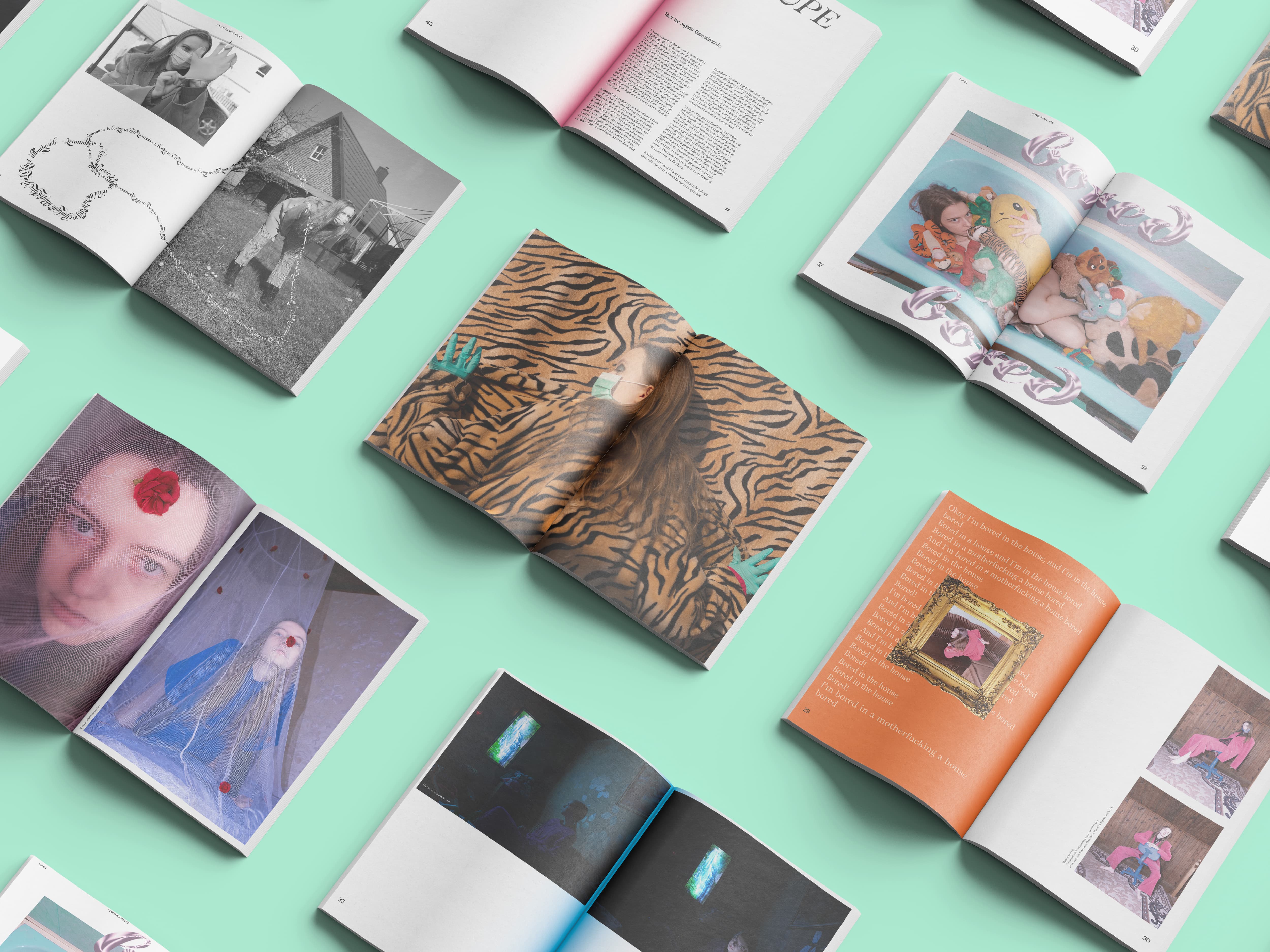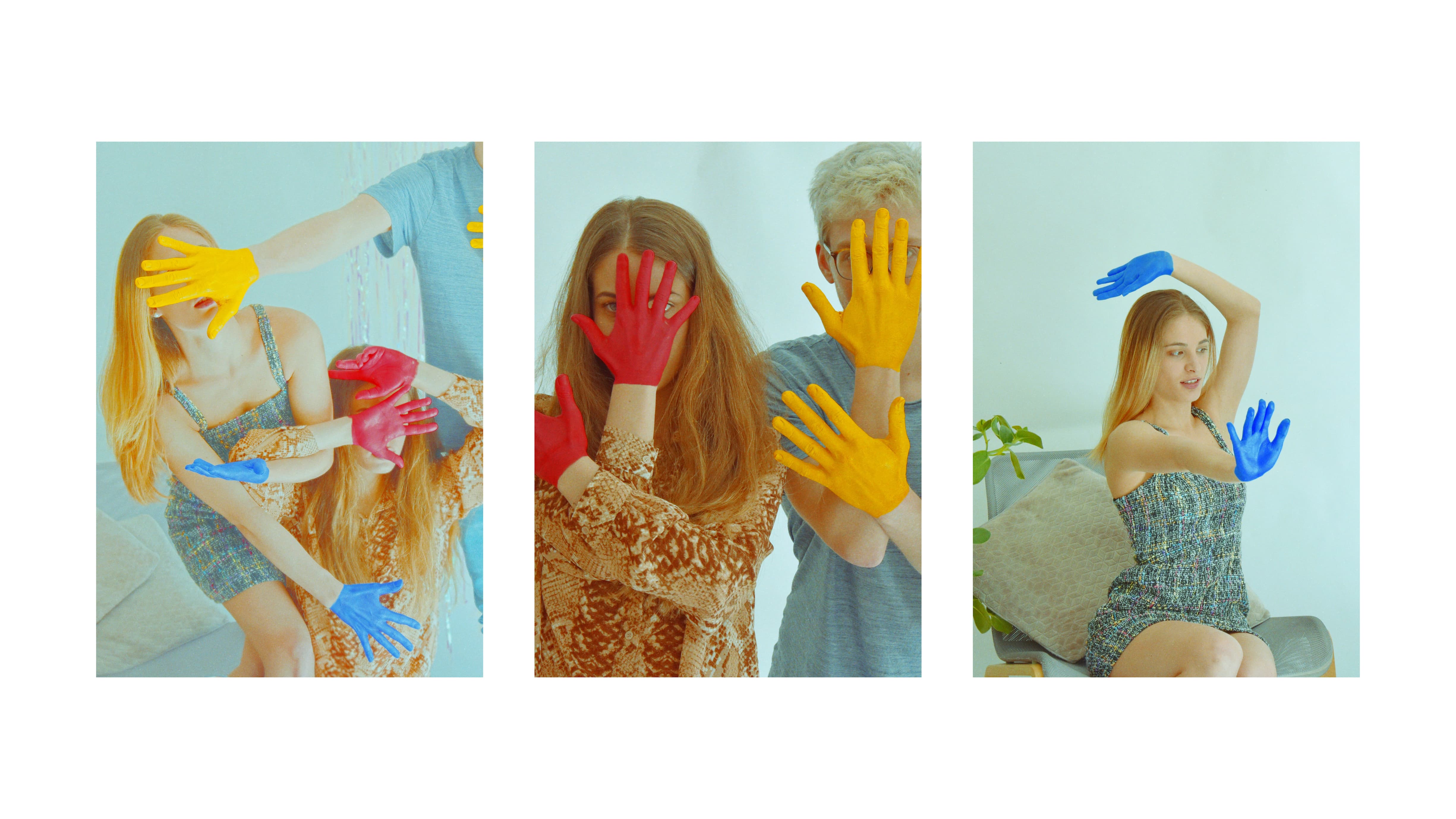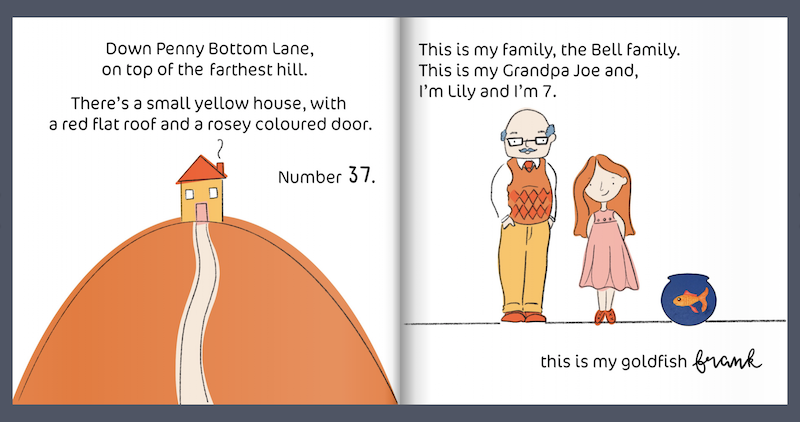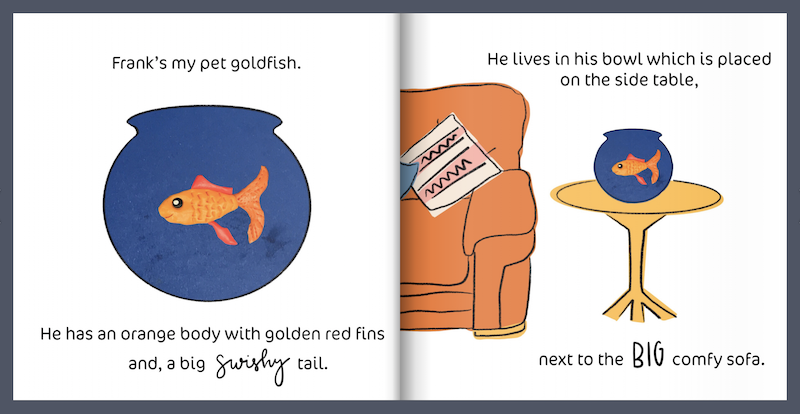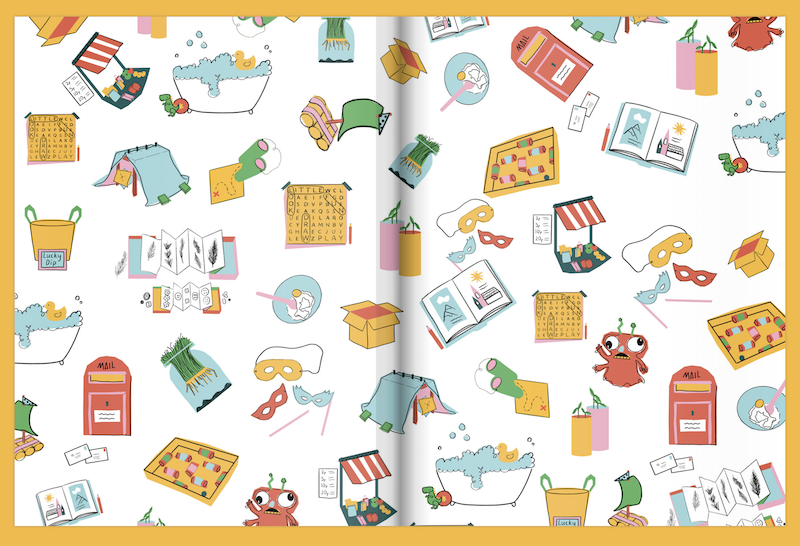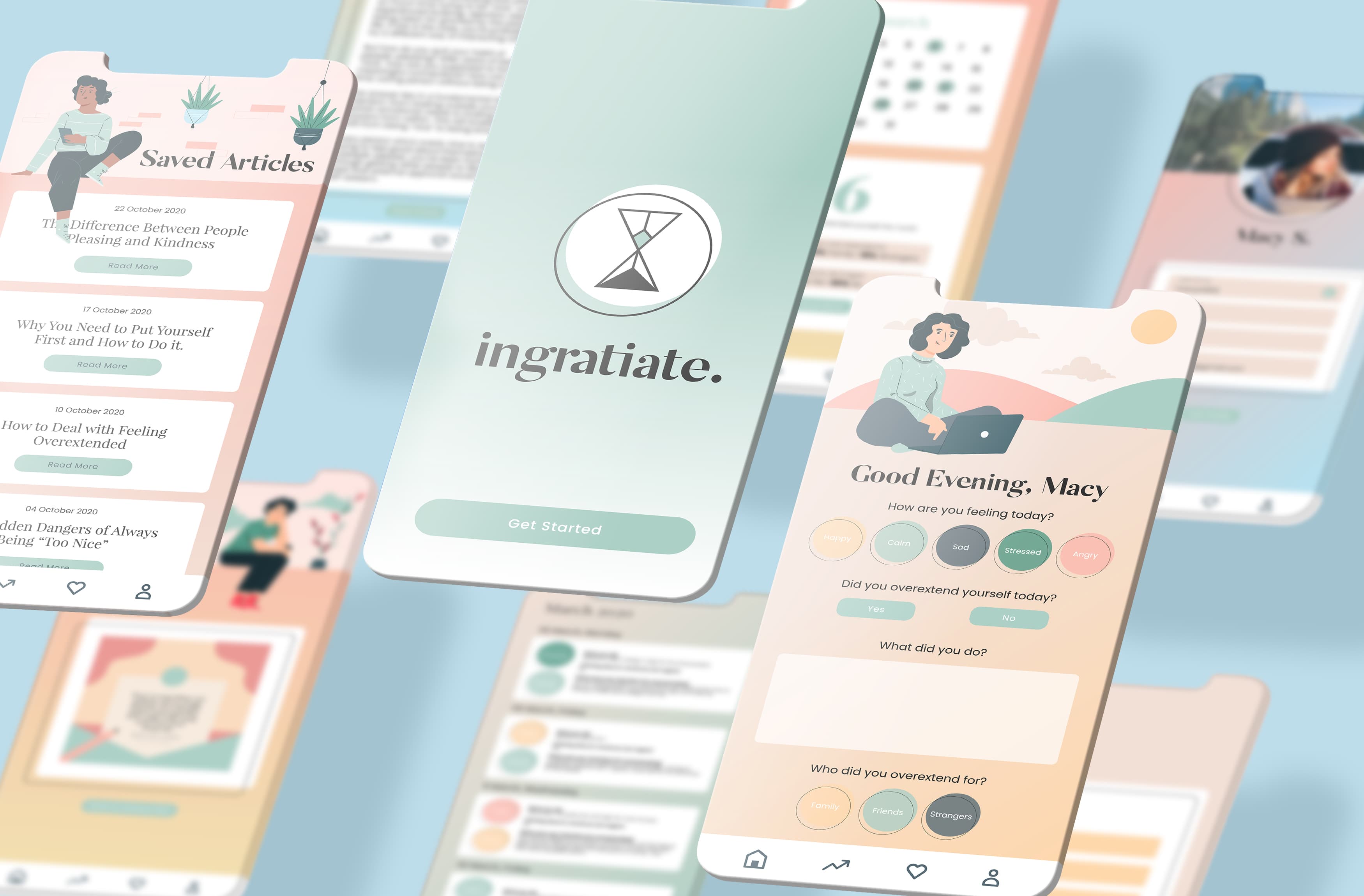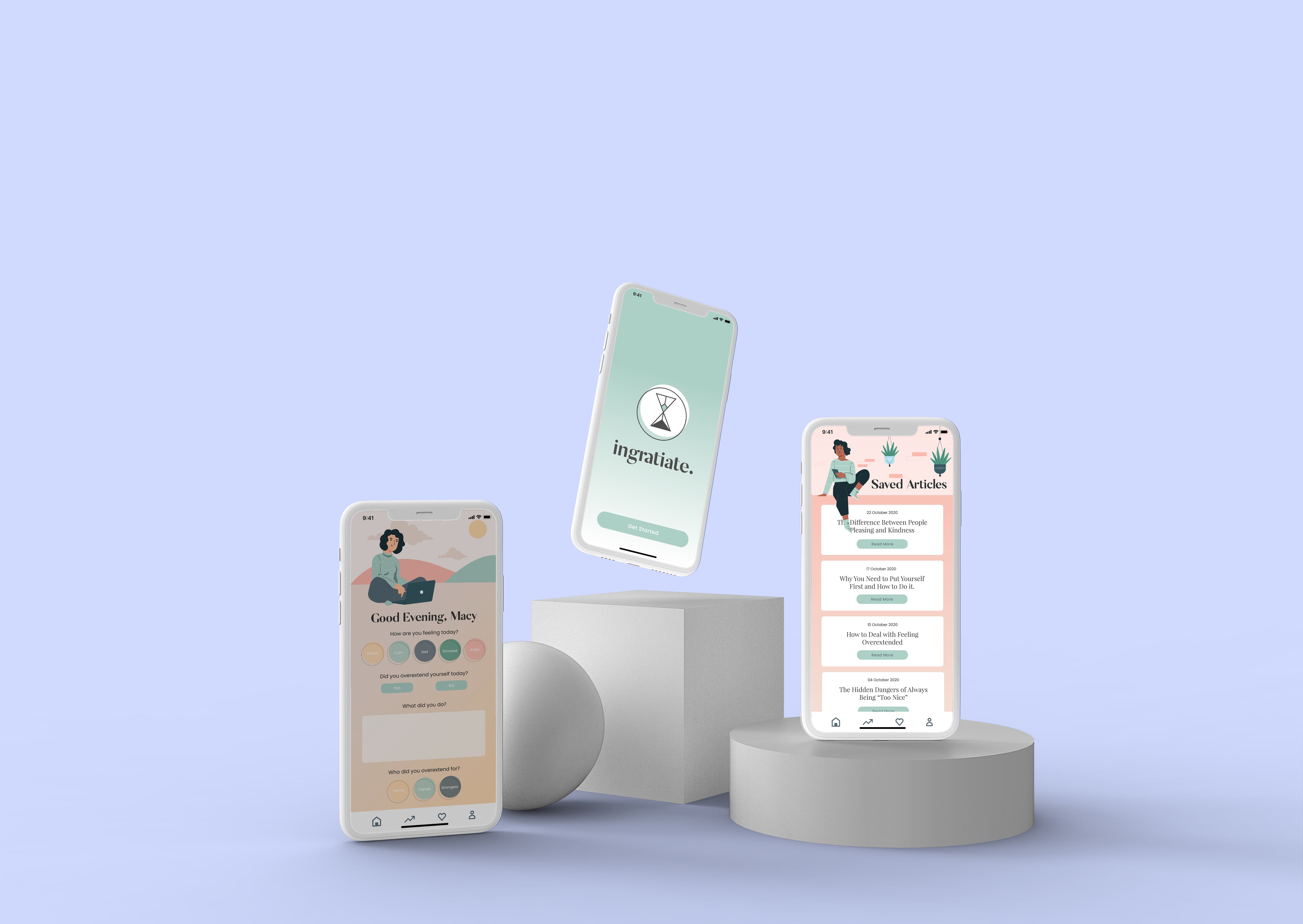1
Isaac Bebbington
isaacbebbington@gmail.com
07762348549
iadb.cargo.site
Silk, Bricks & Cylinders comprises a series of scenes recreating and reimagining stories
experienced
and
recounted by my friends at home in Leicester. The film takes these tales of drug trafficking into a
heightened
hyper stylized world. The focus of the project was to collaborate with these friends through moving
images and
shine a different light on criminal characters. We did this through styling, art direction and
cinematography.
They are in a sense ‘day dreams of home’. Before shooting was completed we went into lockdown during
which
time
I moved to New York, where I stayed for the remaining three months of term.
Whilst in New York, I found myself longing for the collaborative community in which I have thrived.
This led
me
to pivot my efforts to focus on producing work for the design collective I am part of, Moncentral.
Founded in 2016, Moncentral has worked on political activism projects, held and contributed to
design &
music events and exhibitions in both the U.K. and Japan. We push each other to grow and excel
through
collaborations interweaving graphic, spatial and product design, film, photography and music
production. With
a
website in development, I designed a bespoke typeface to be used across Moncentral’s digital
platforms and
give
the brand a visual identity. The typeface draws on the classic Parisian type family
Didot, combining elegance
and modernity, reflecting the collective's passion for beautiful design and innovation. I followed
this with a
series of three idents; moving image pieces which encapsulate the collective's values and dedication
to
forward
thinking, emotive and democratic design. The videos are sequences of Moncentral members playing
football in
inner city locations. The footage was then time remapped and coloured.








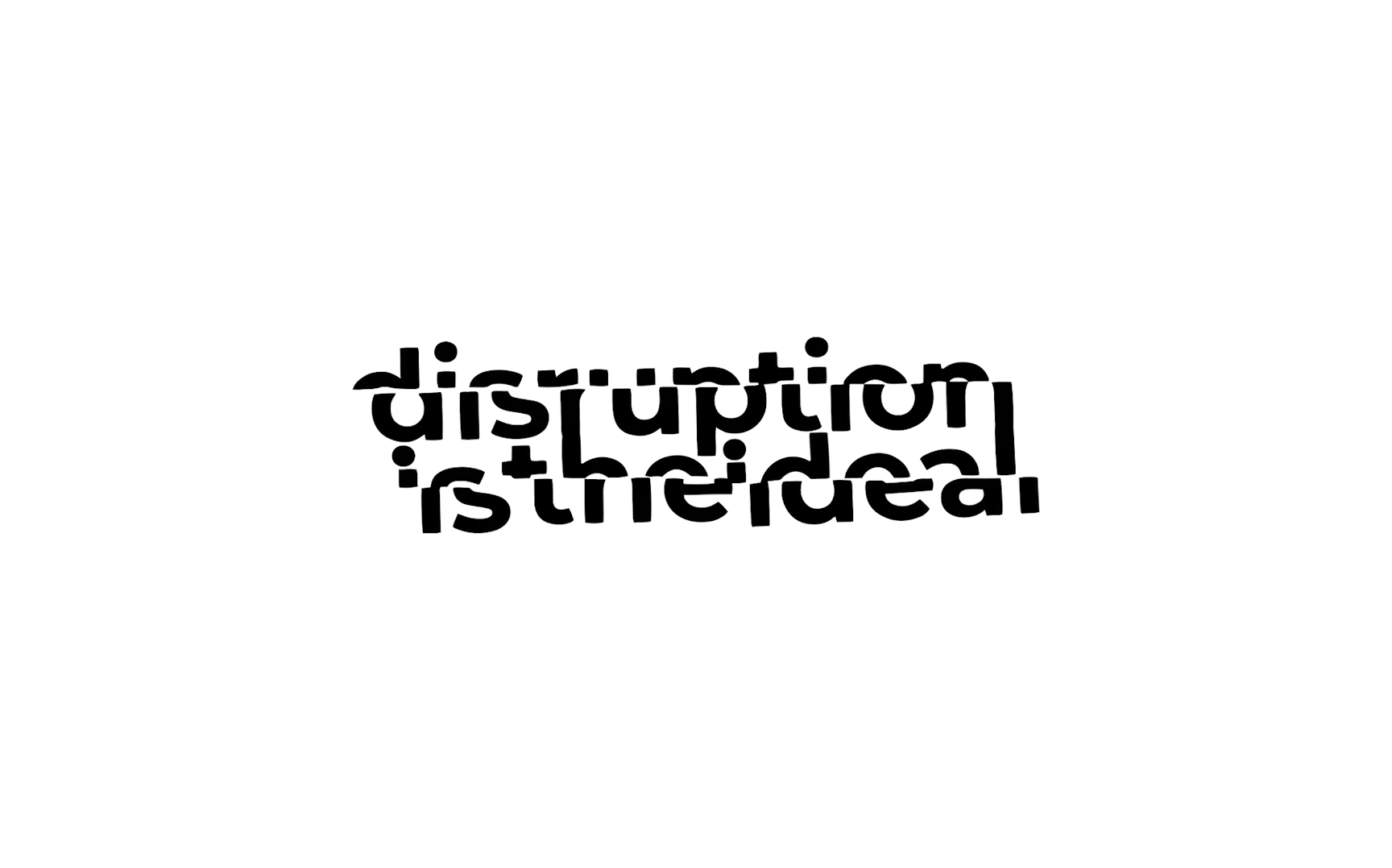




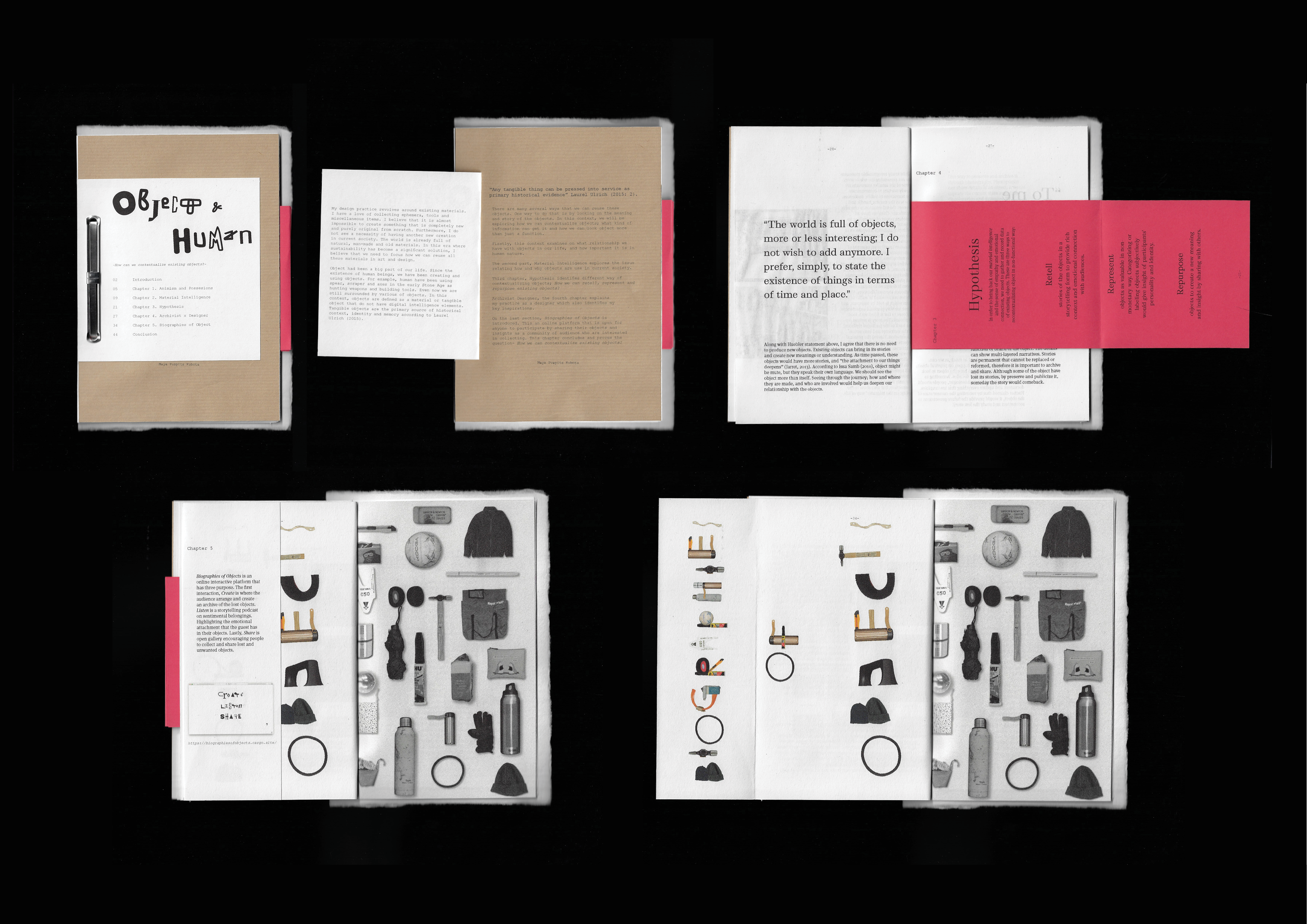
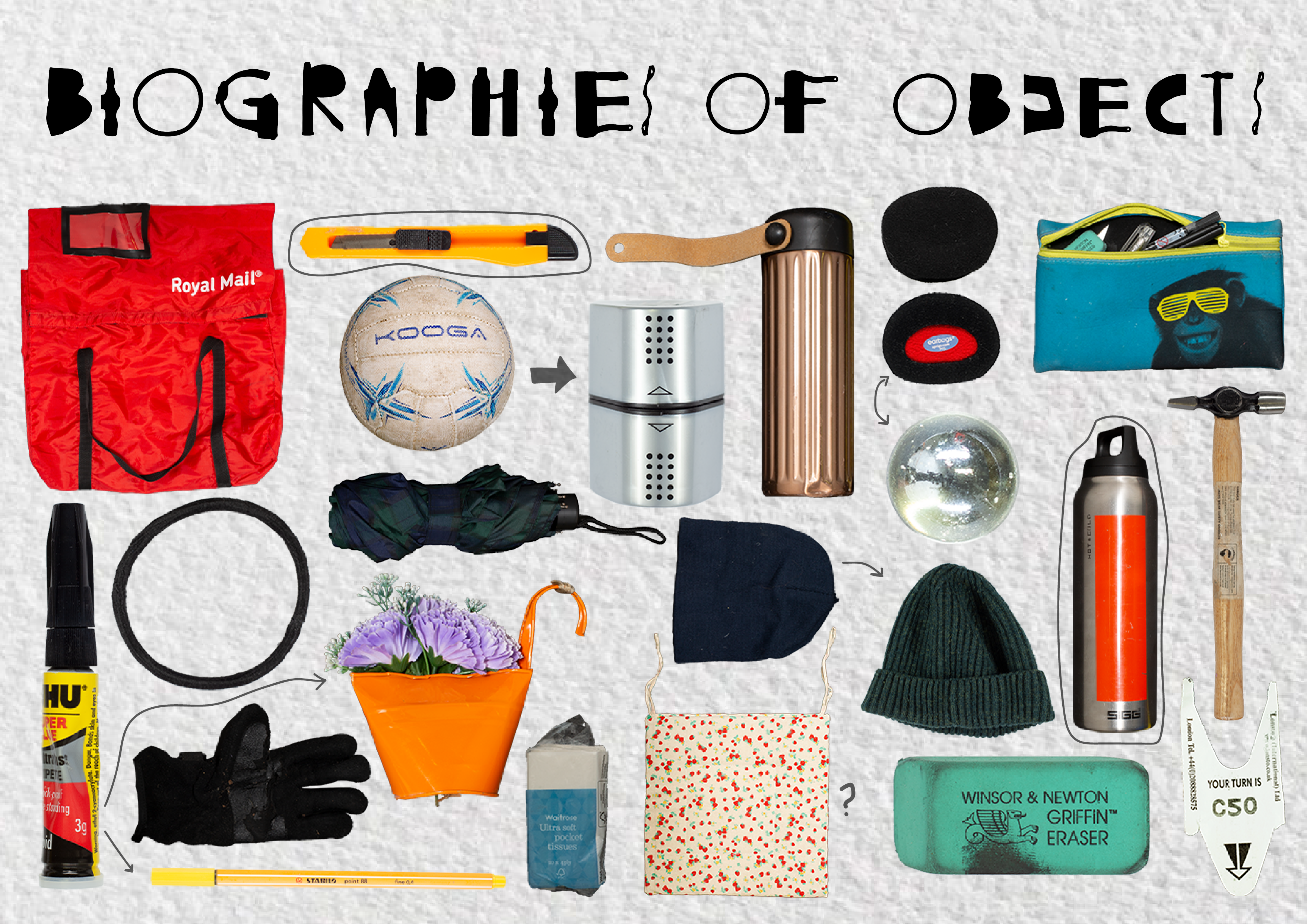
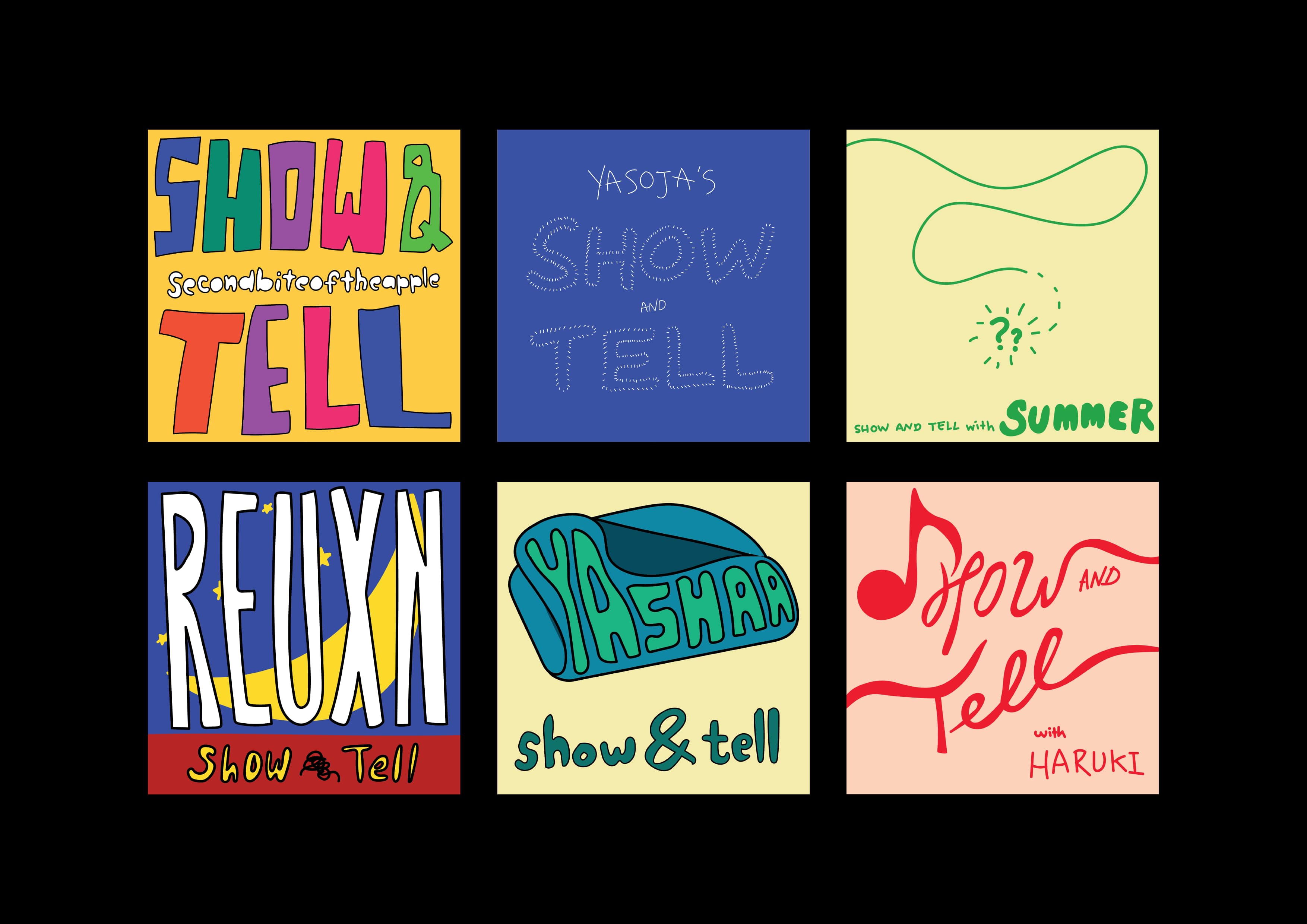
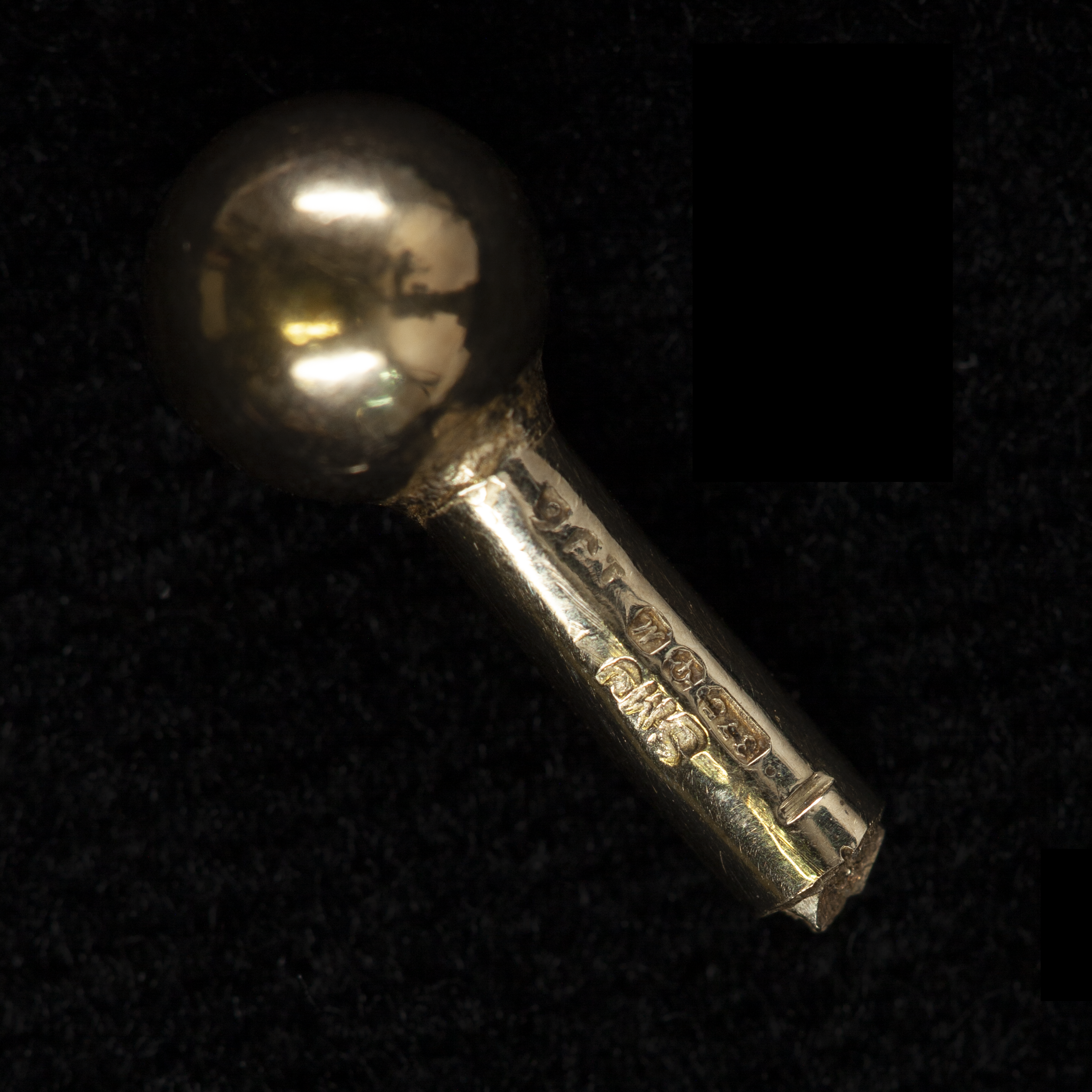
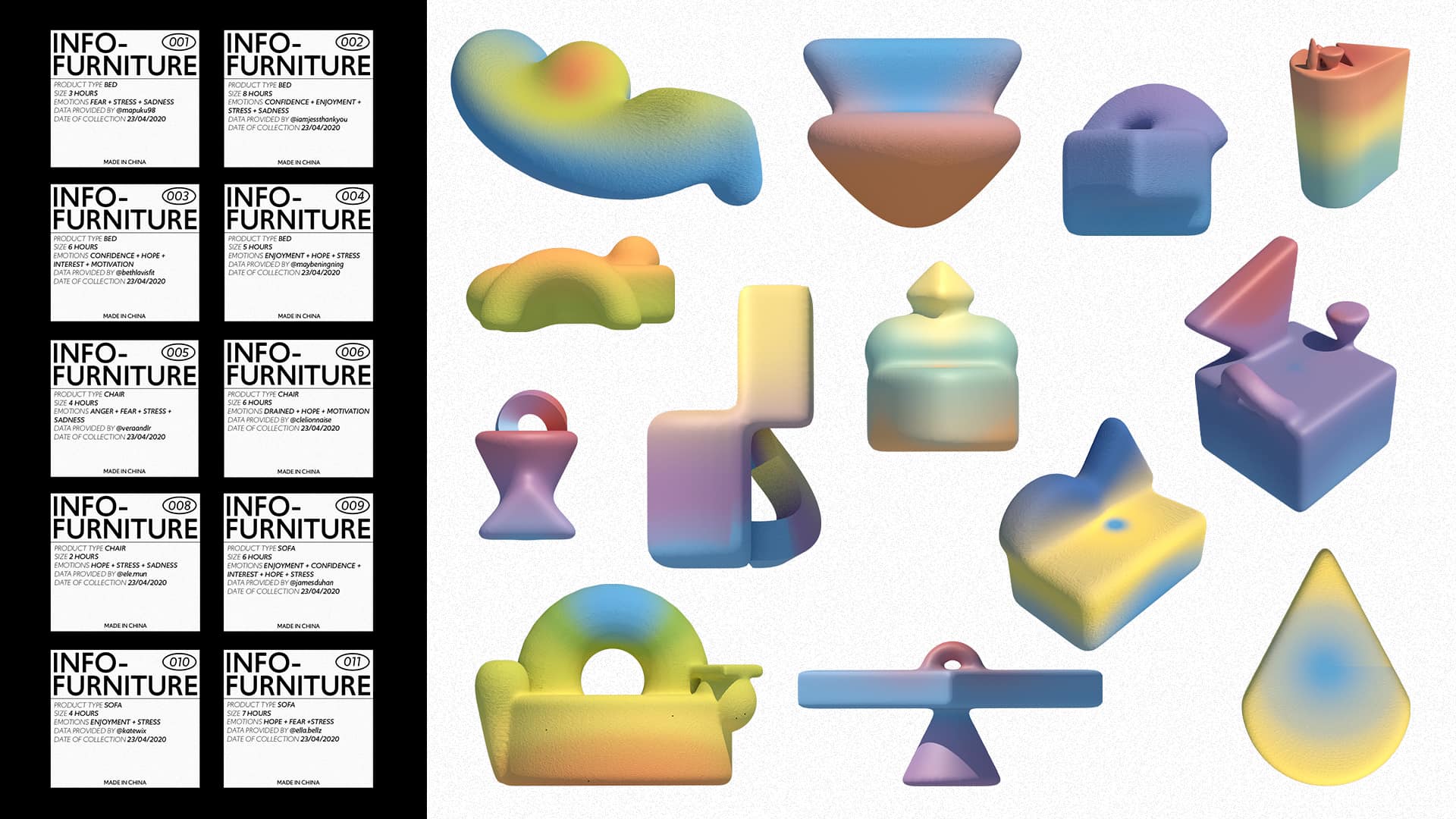
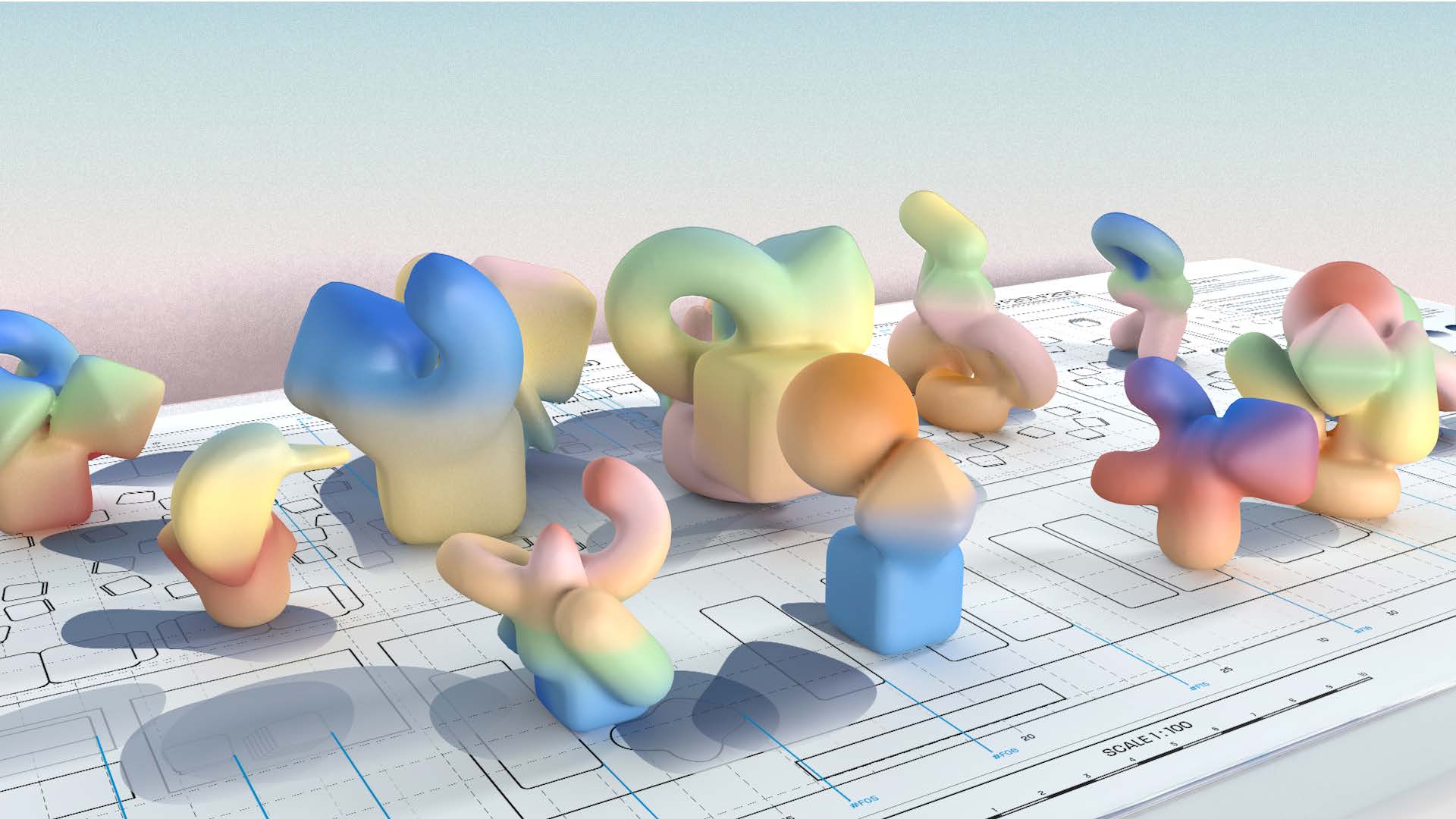
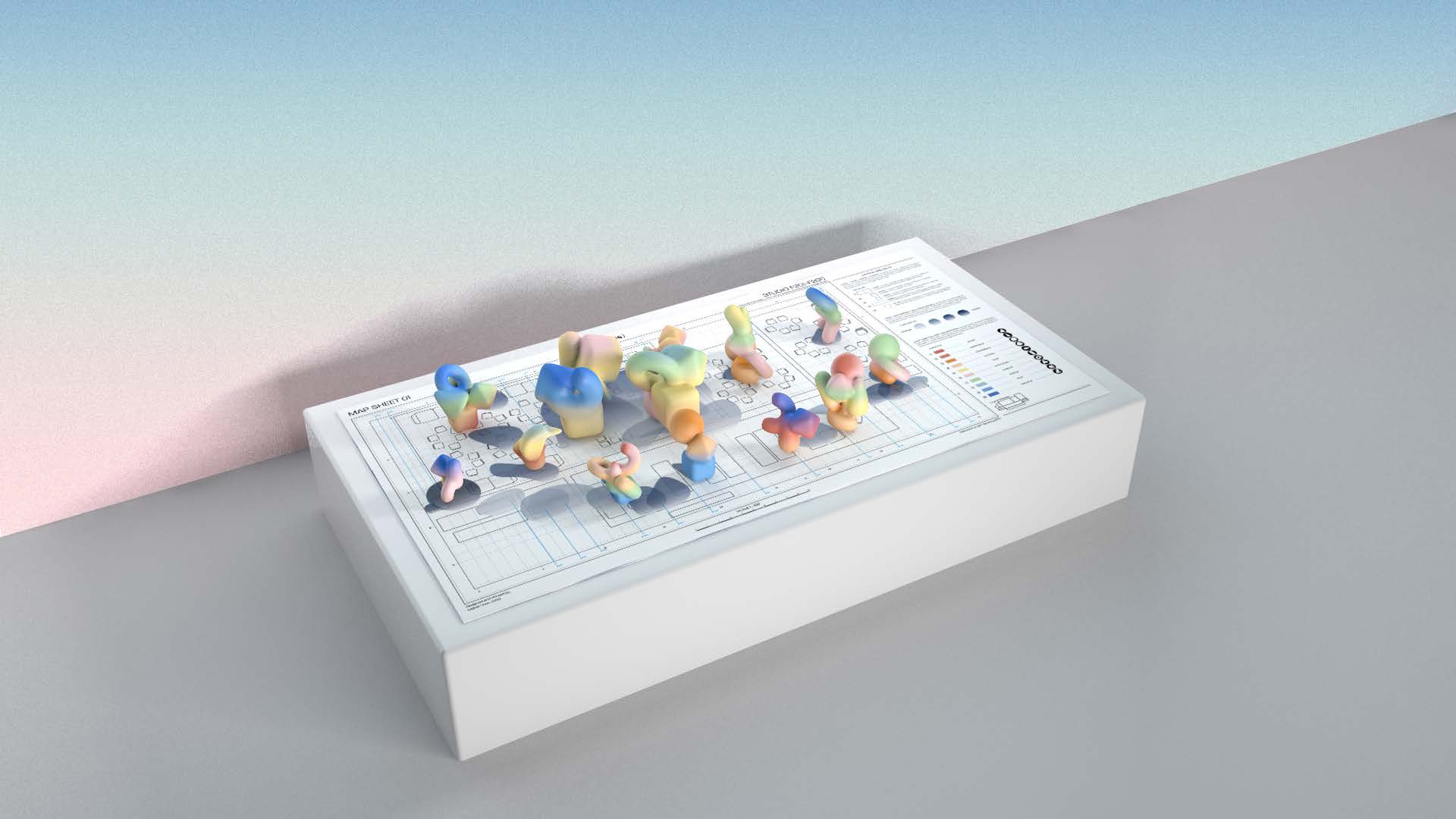









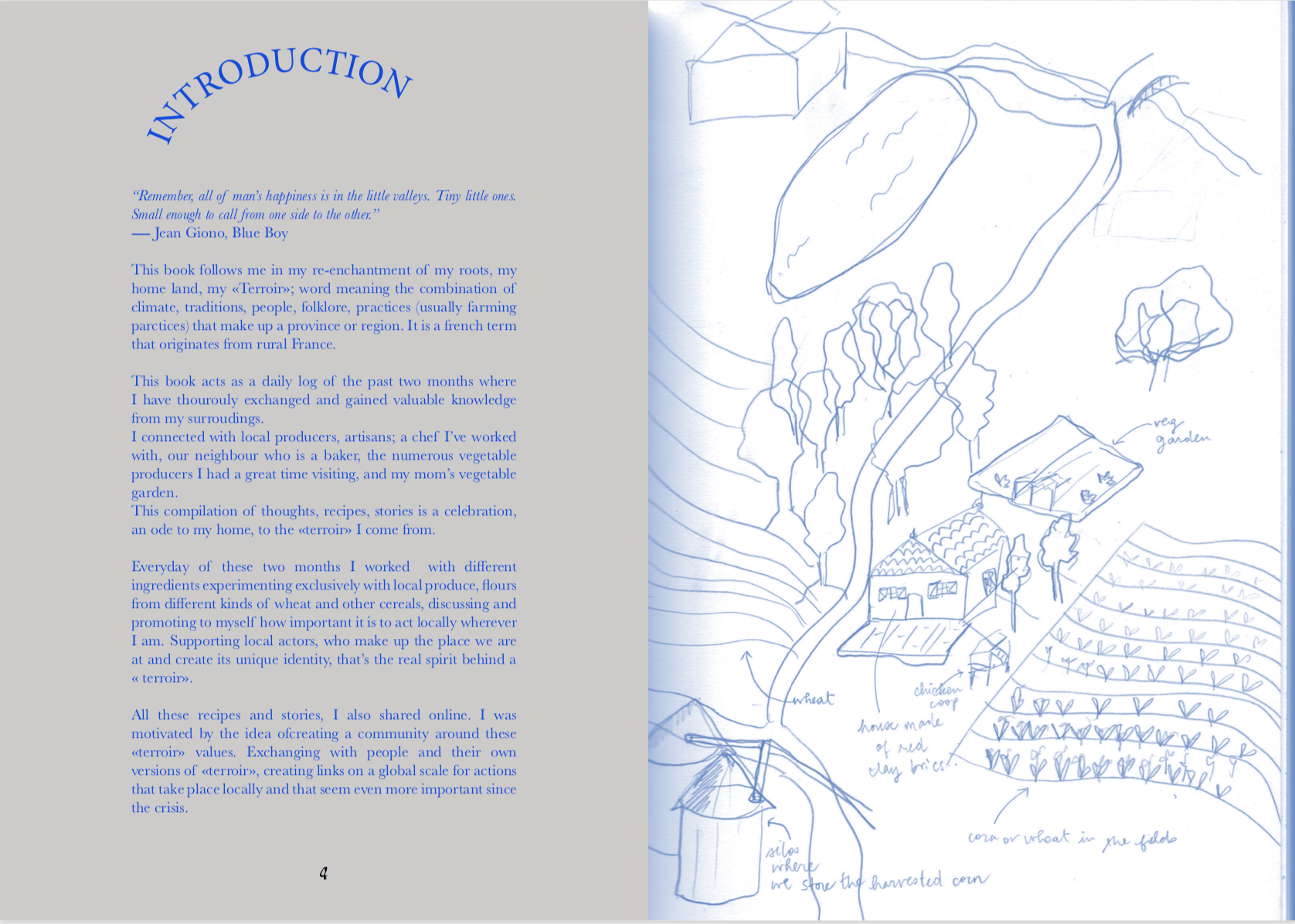
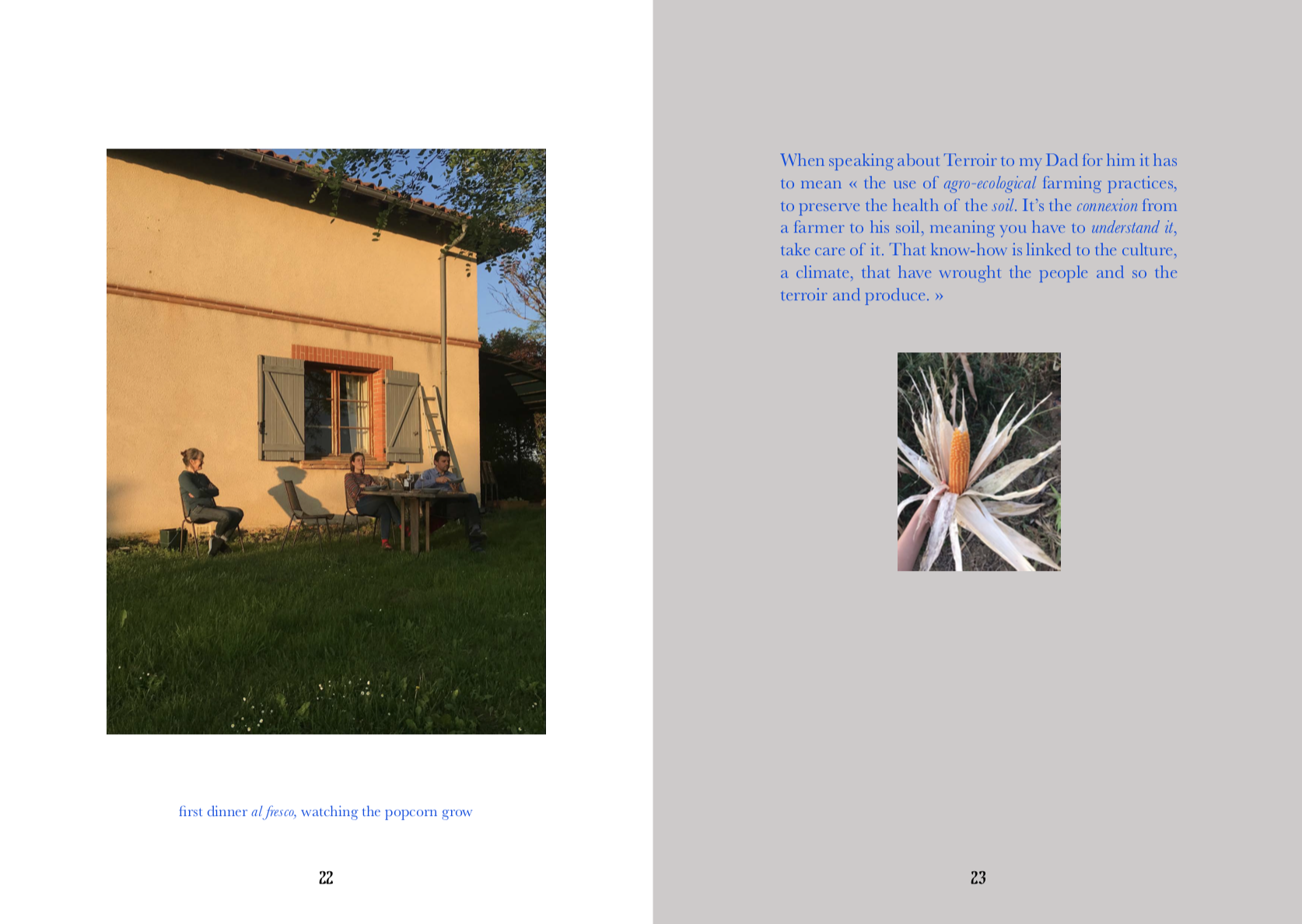
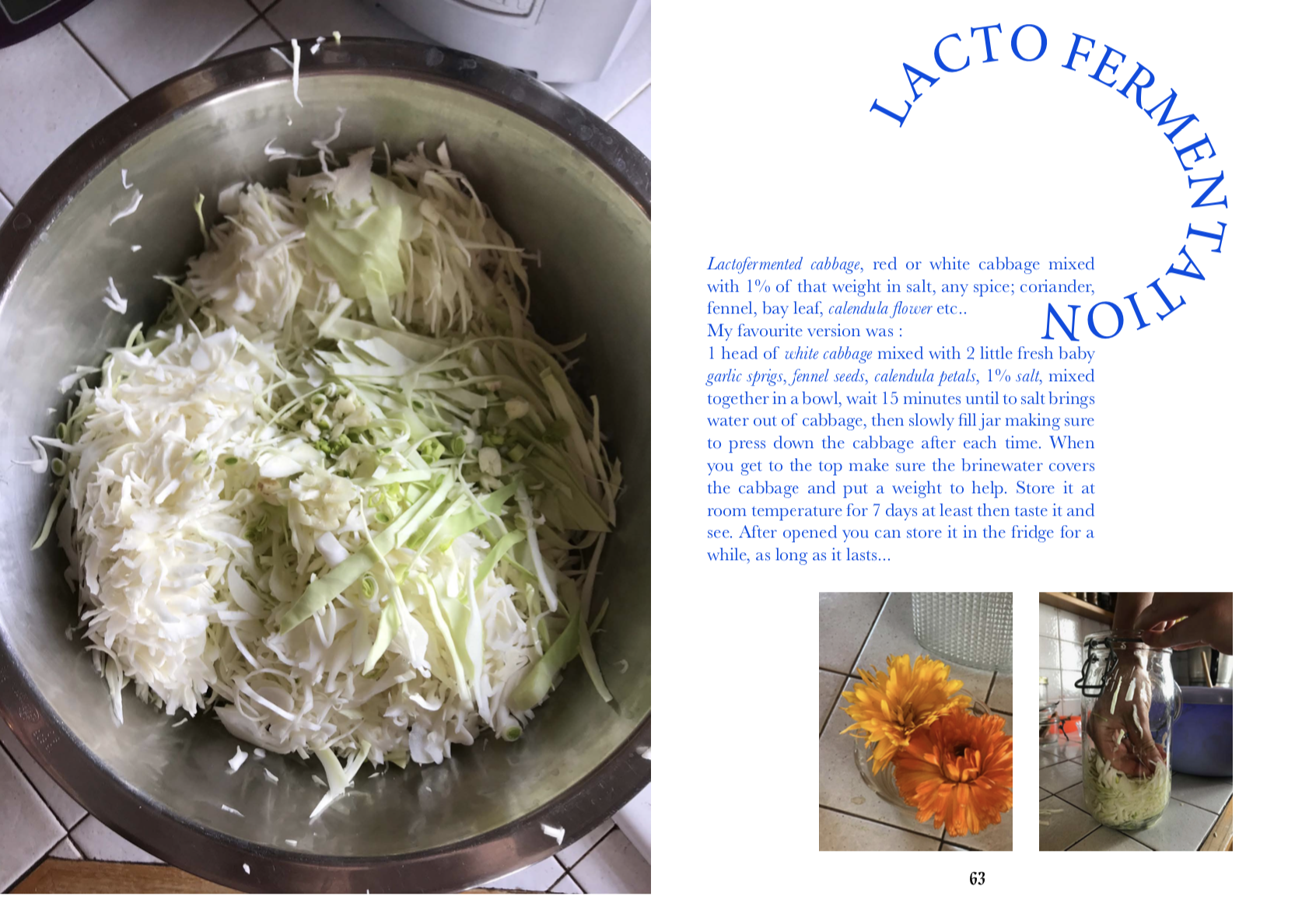
/Booklet-front cover.png)
/Blanket-front.jpg)
/booklet04.jpg)






